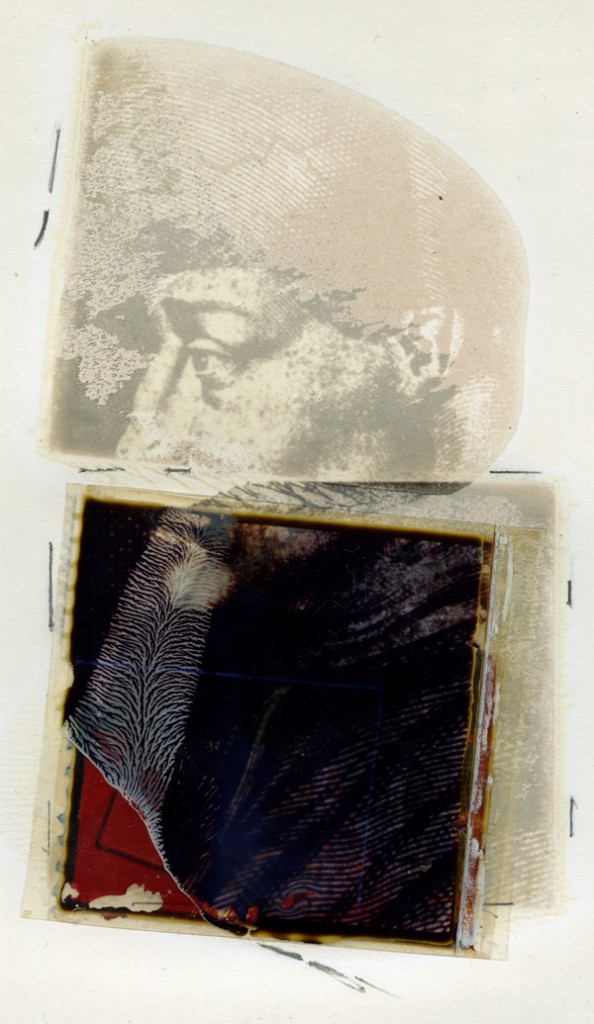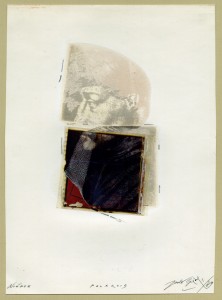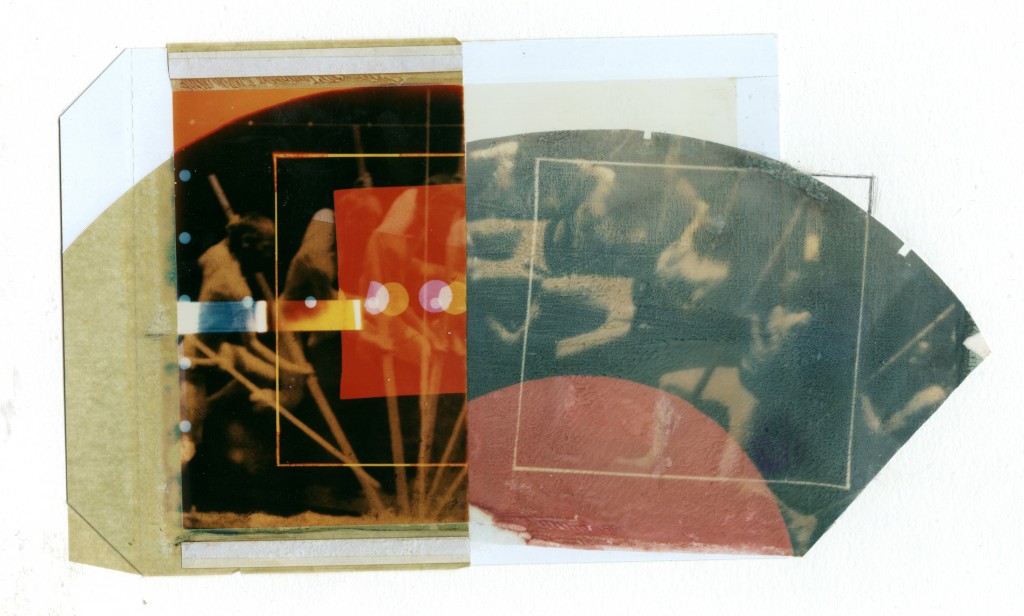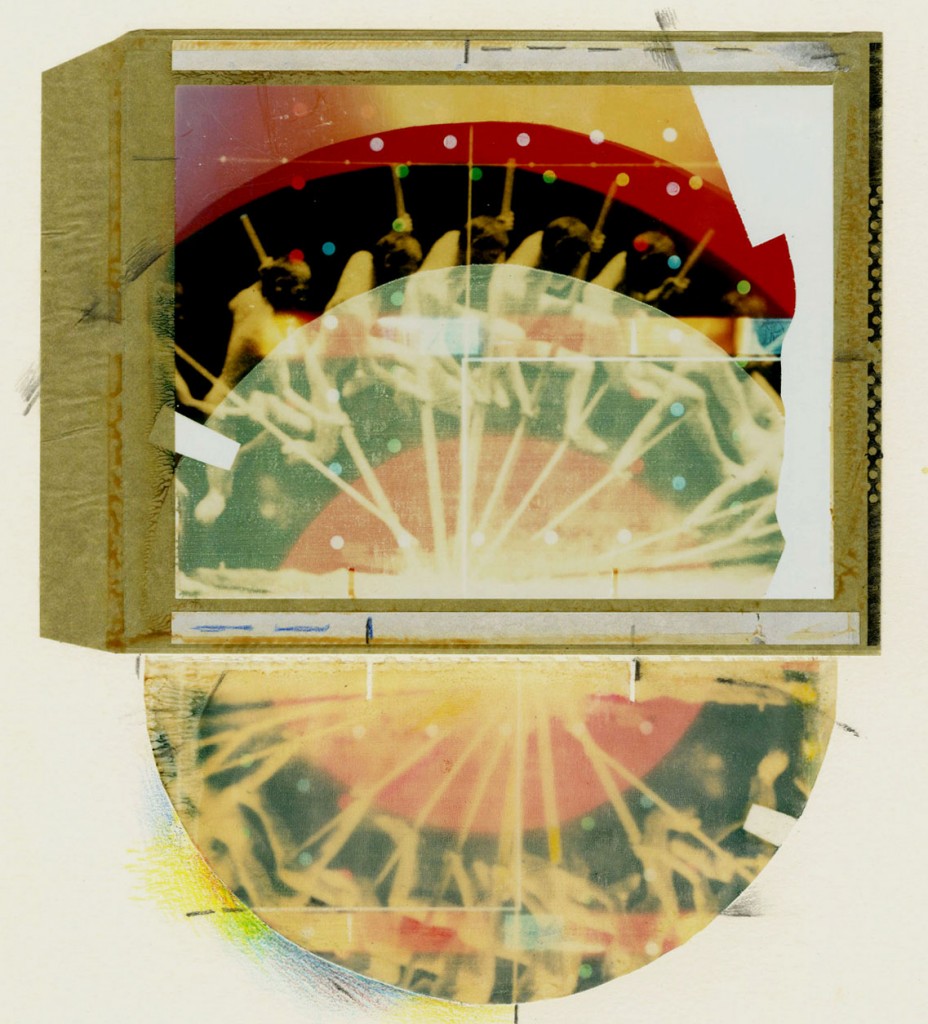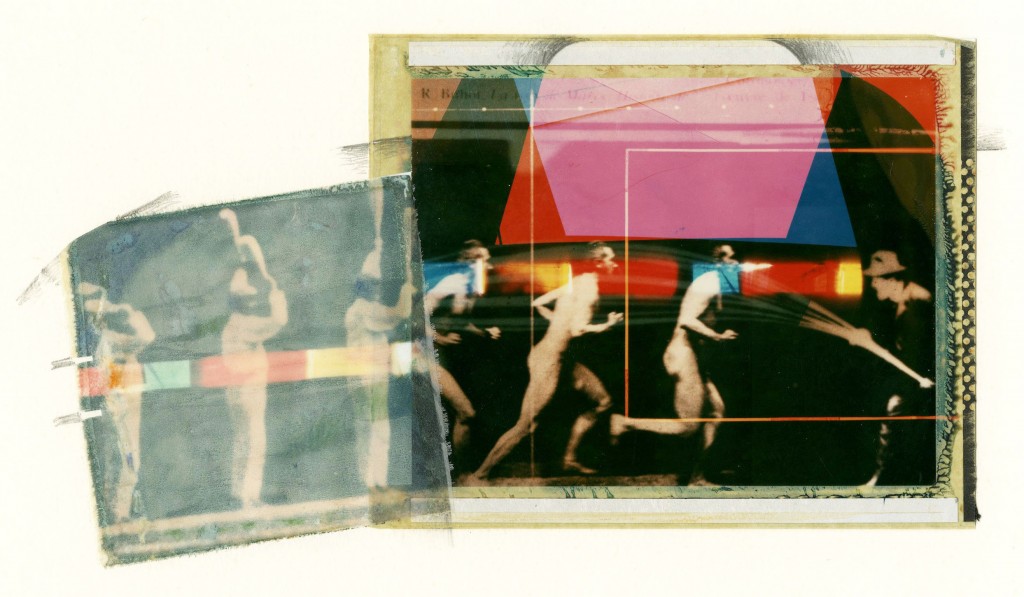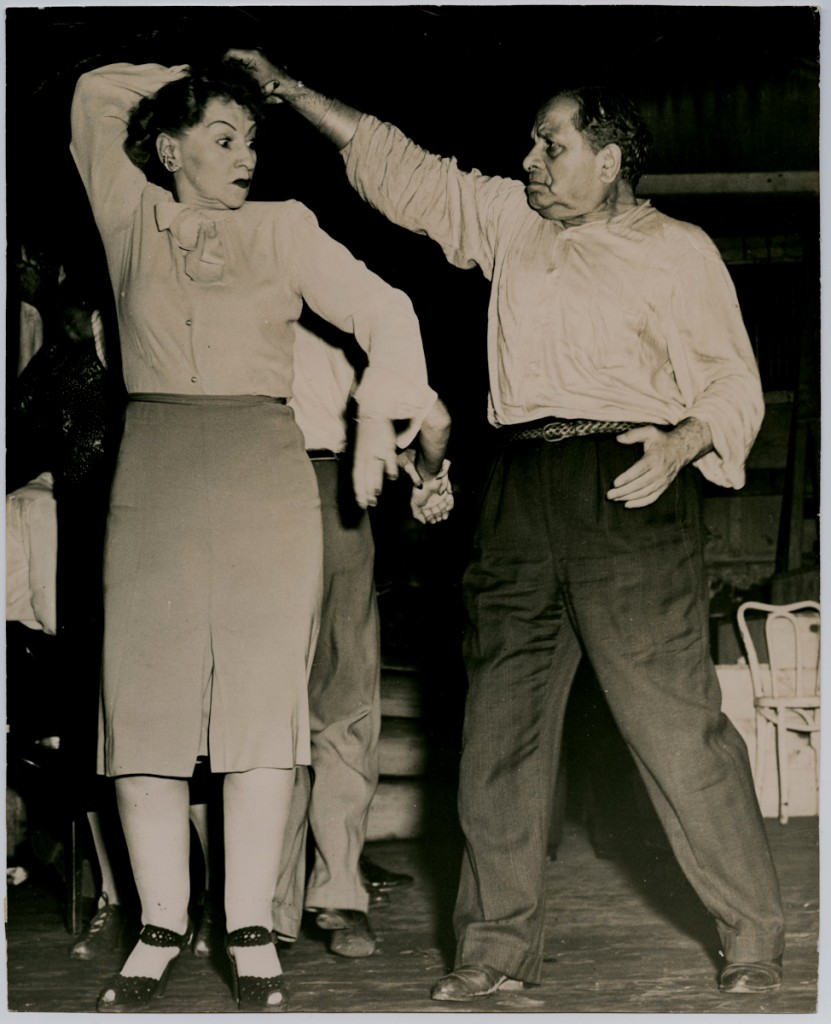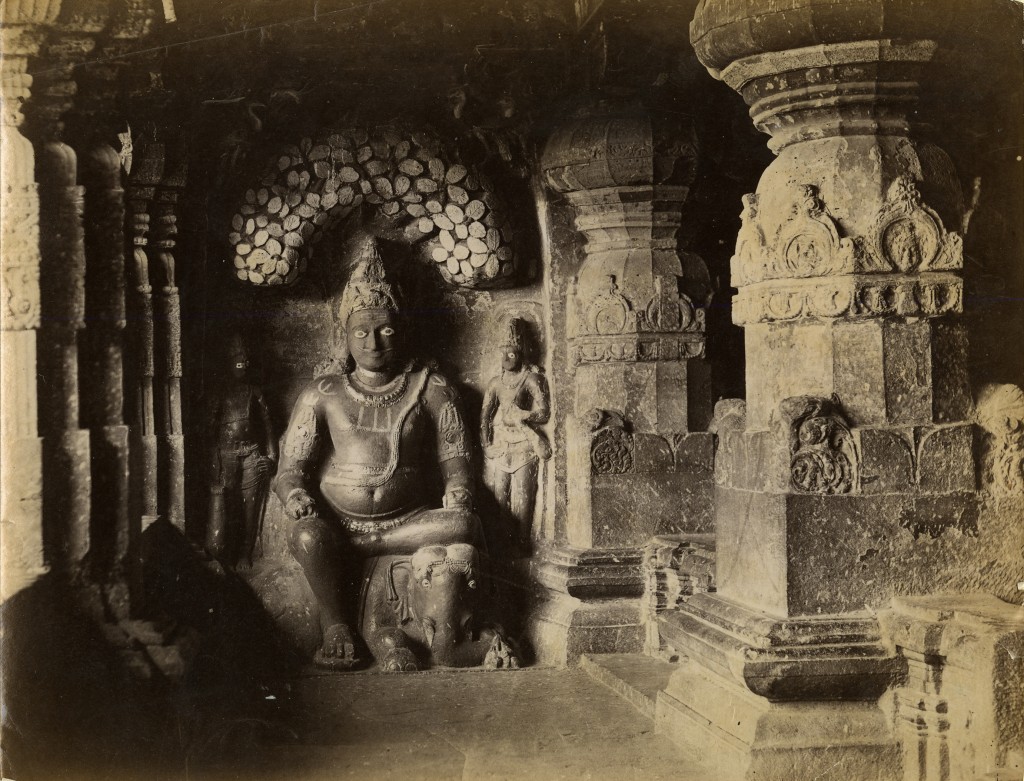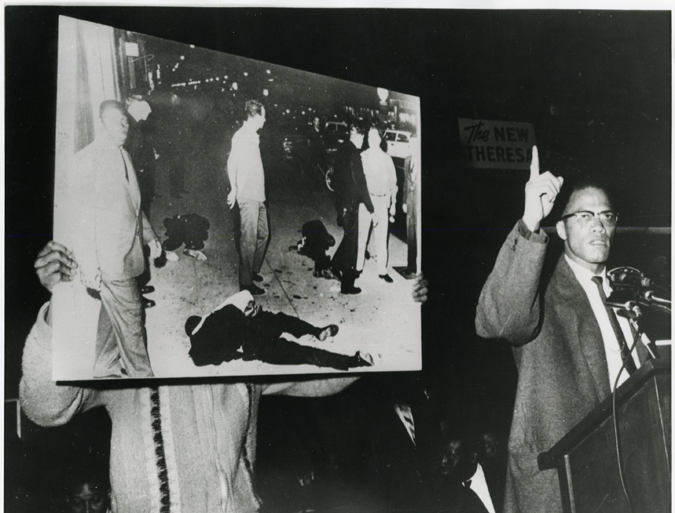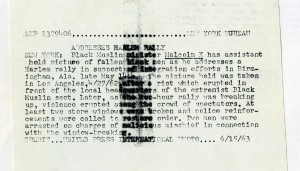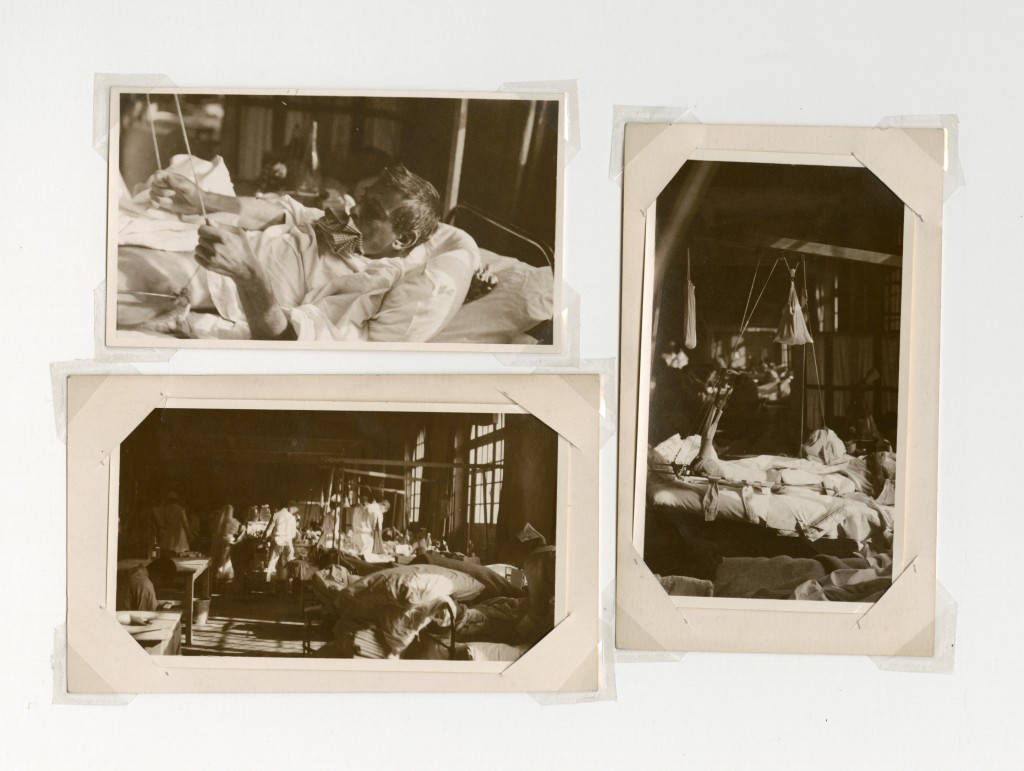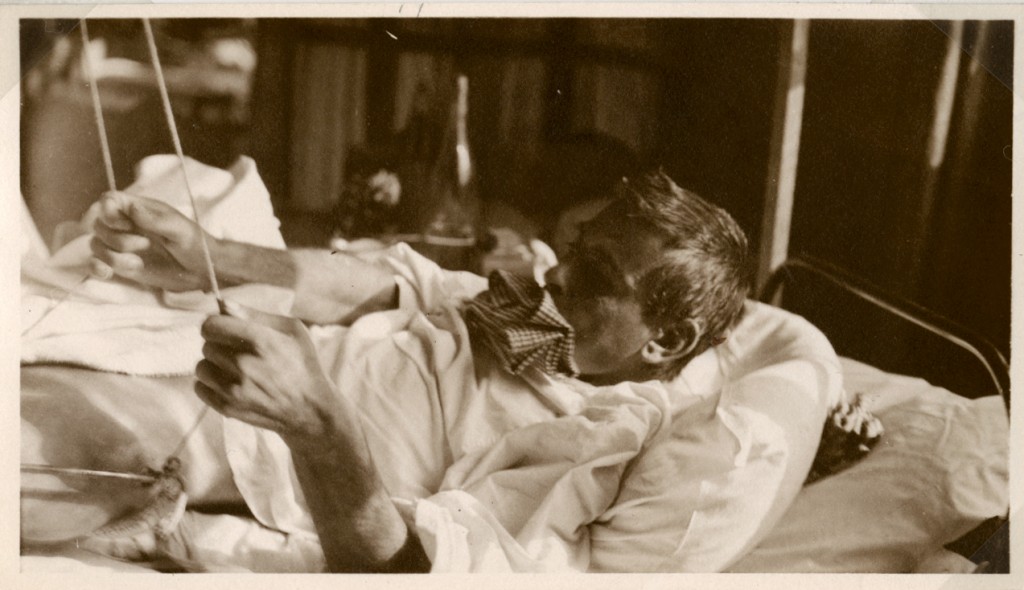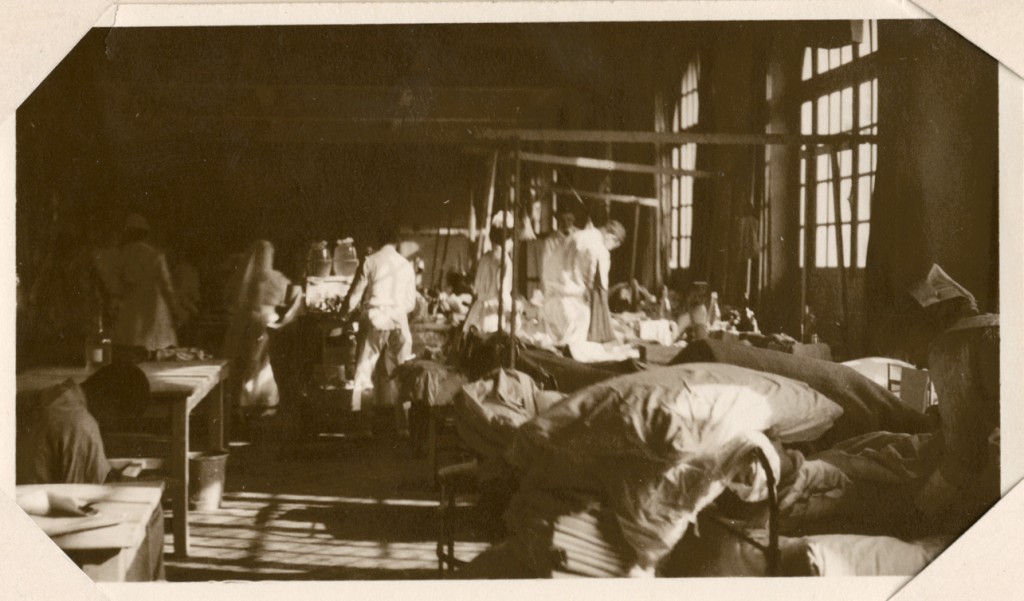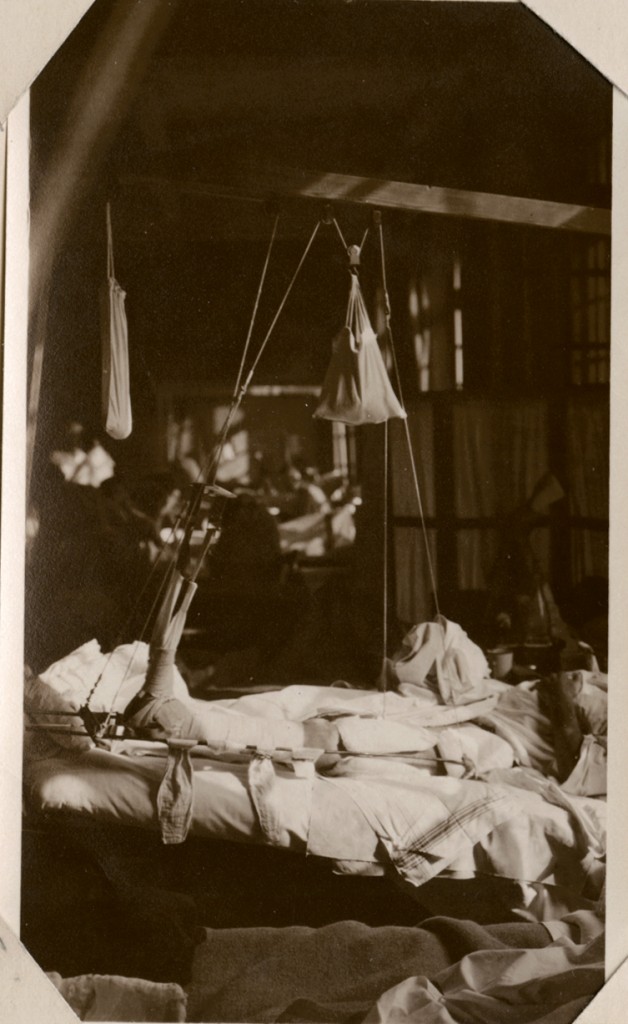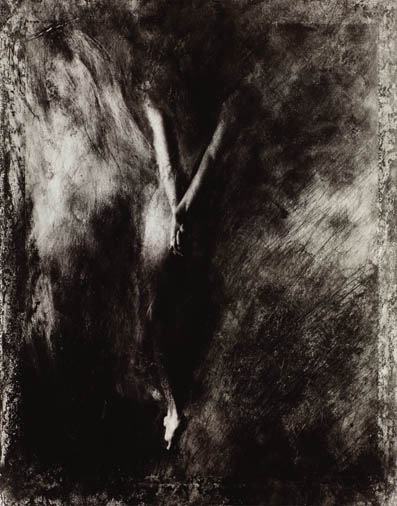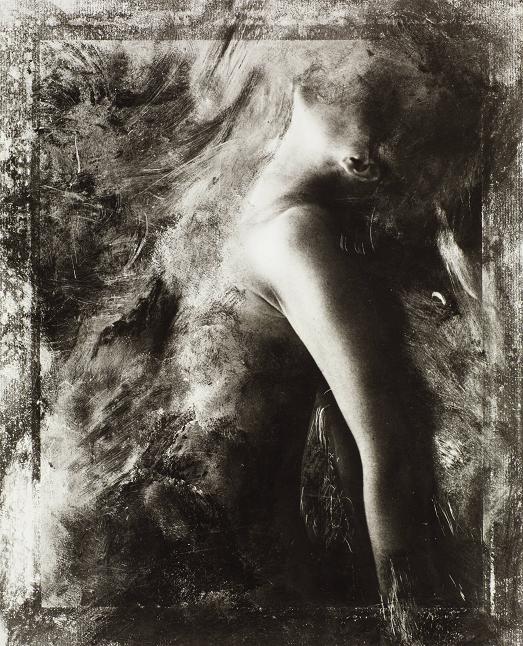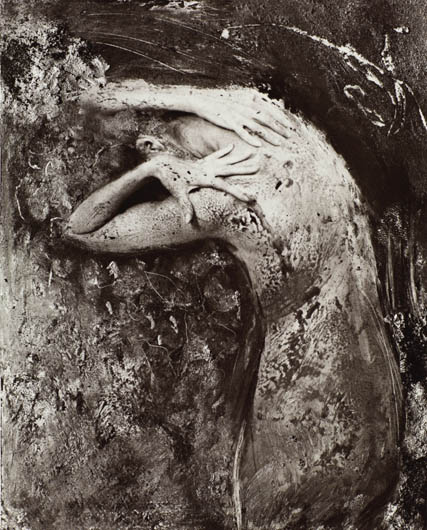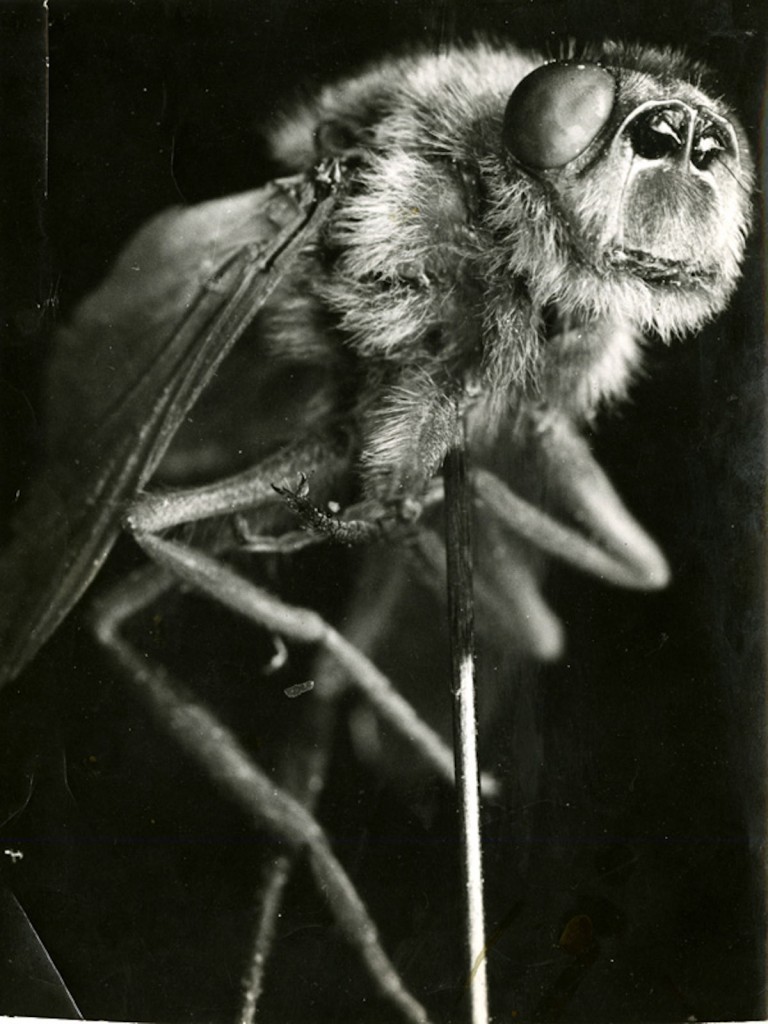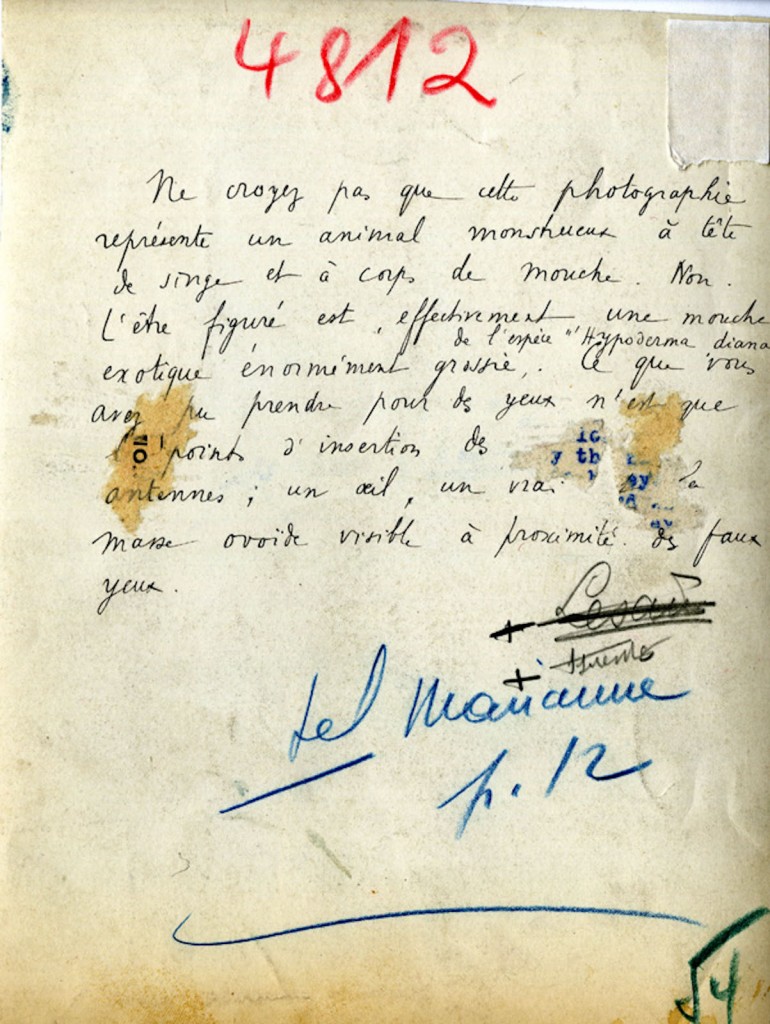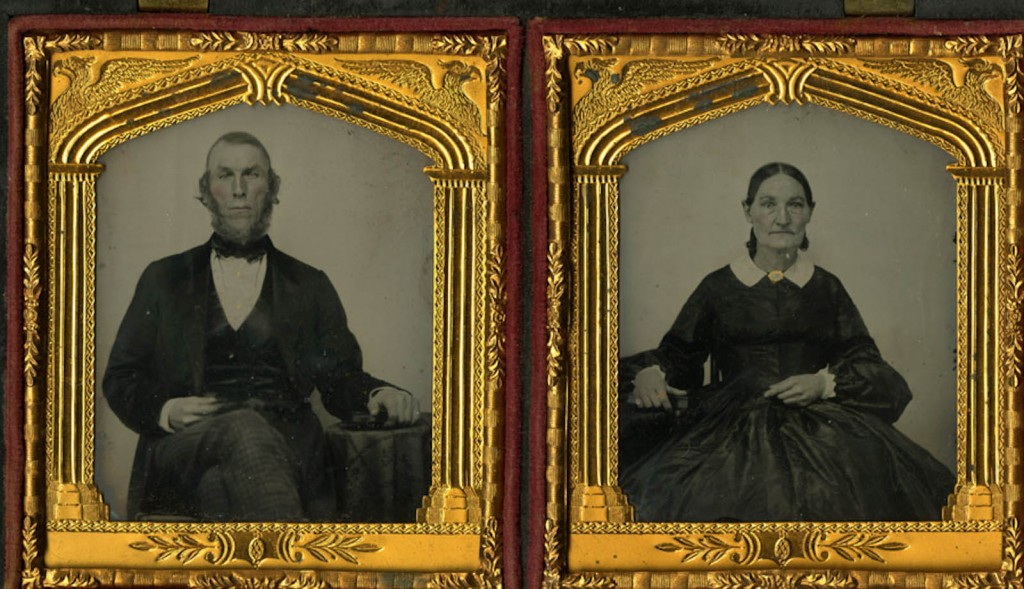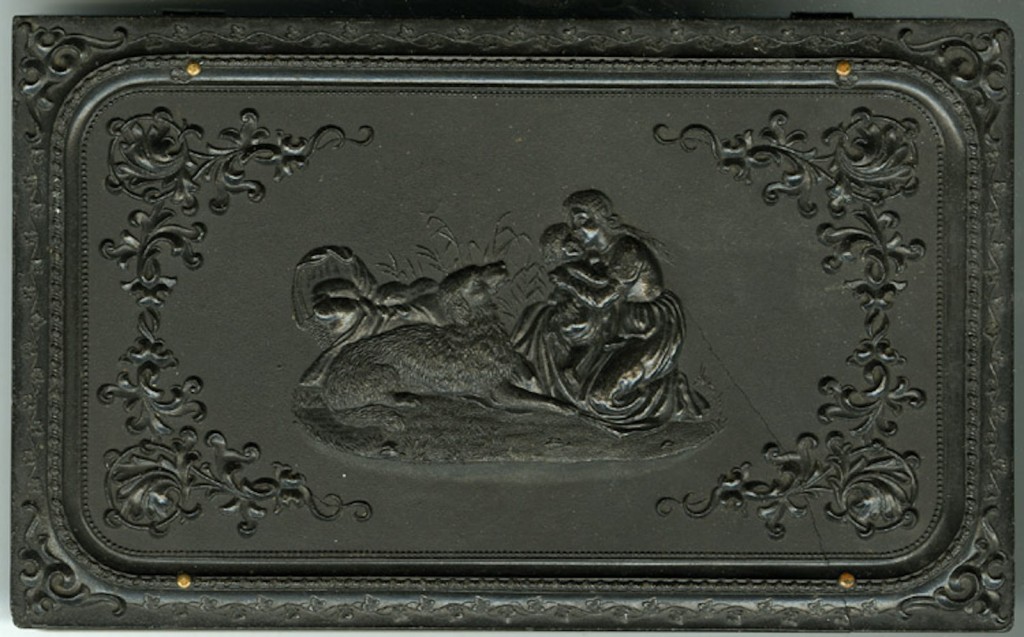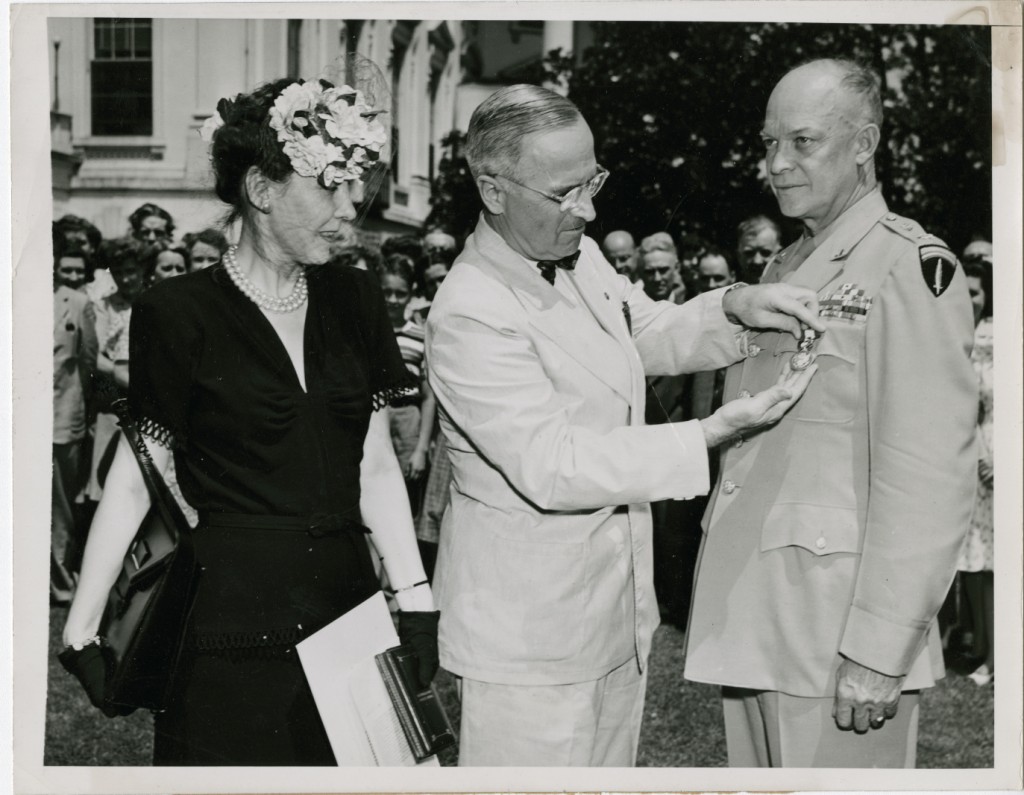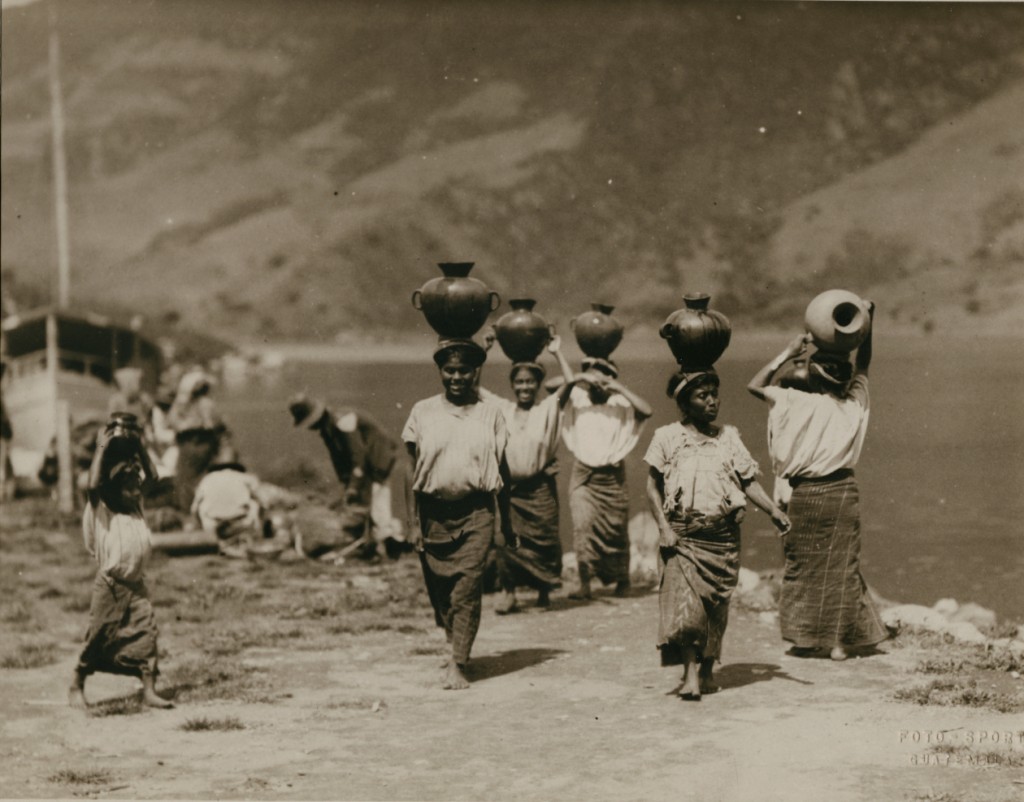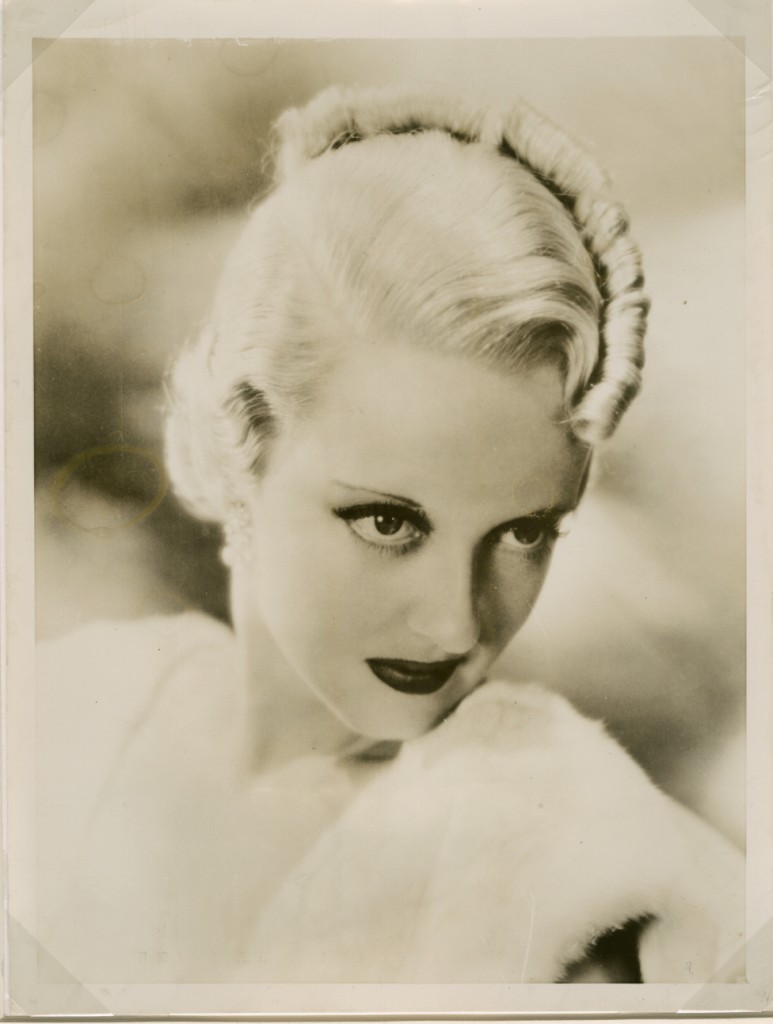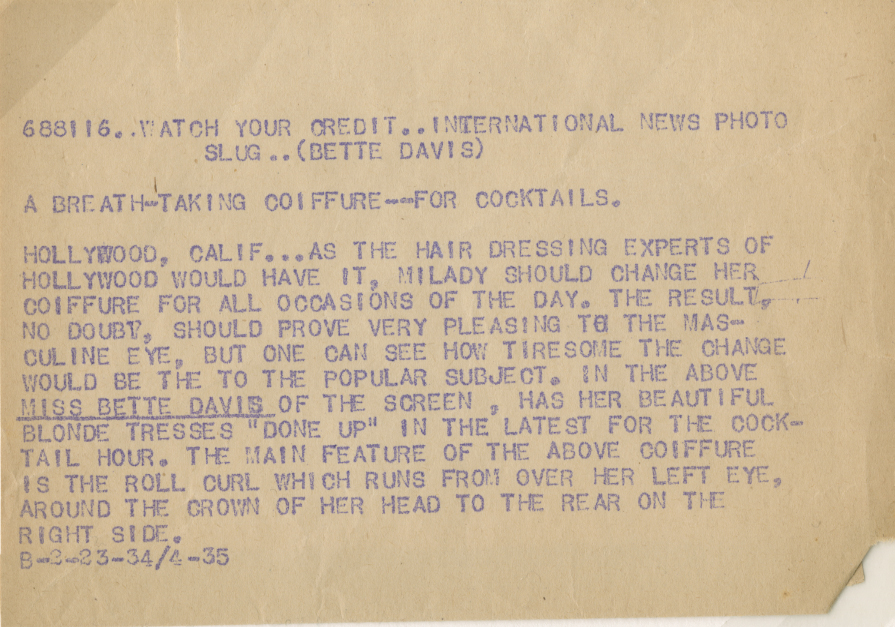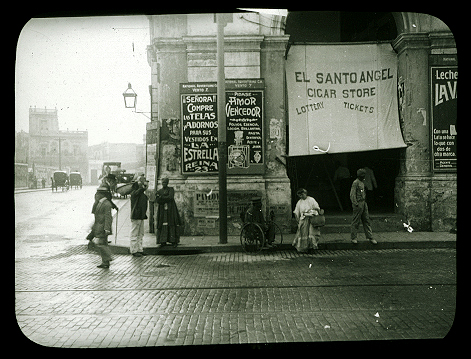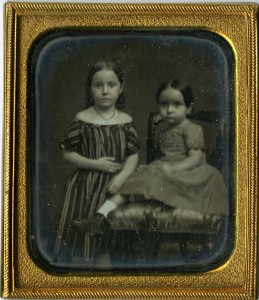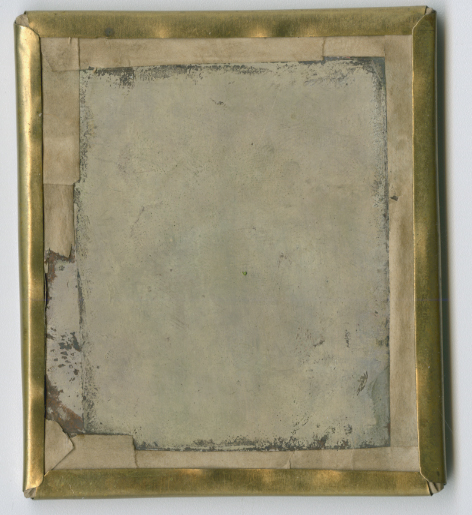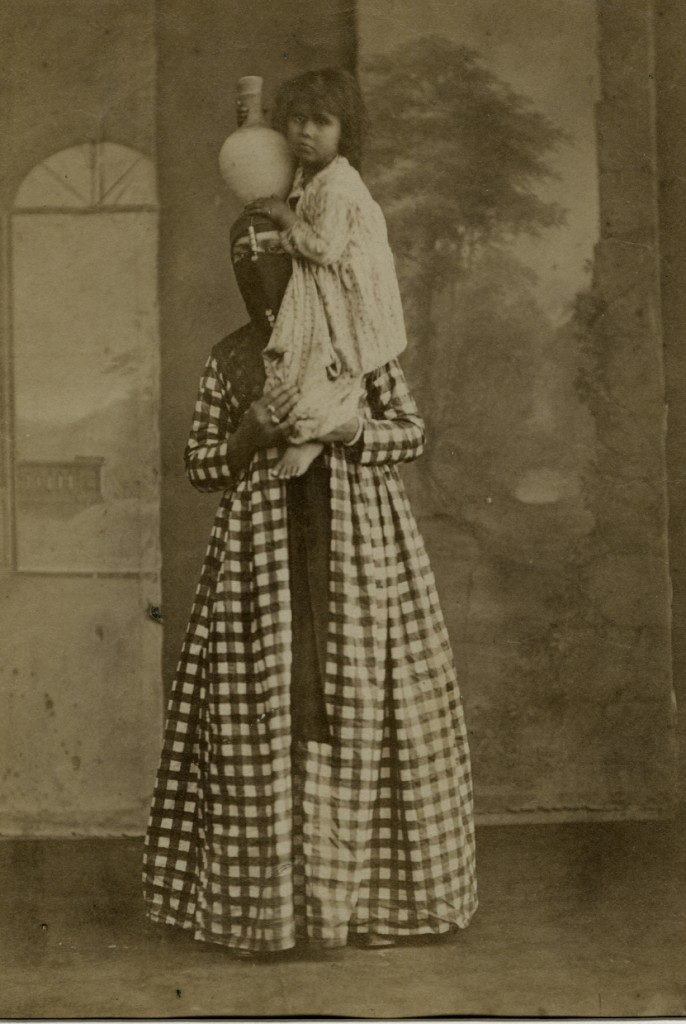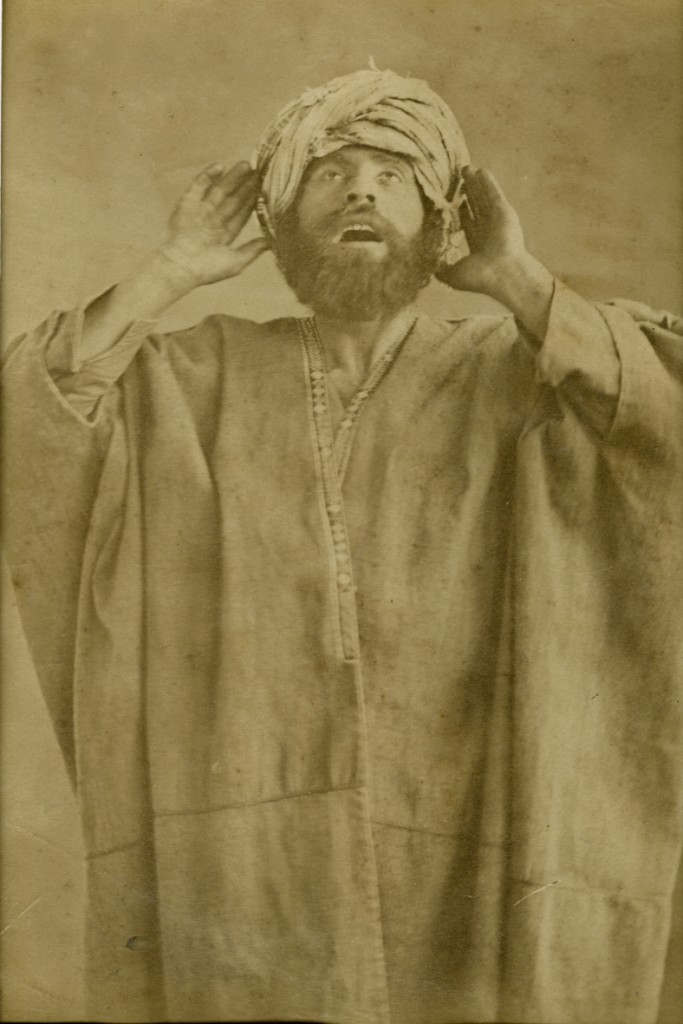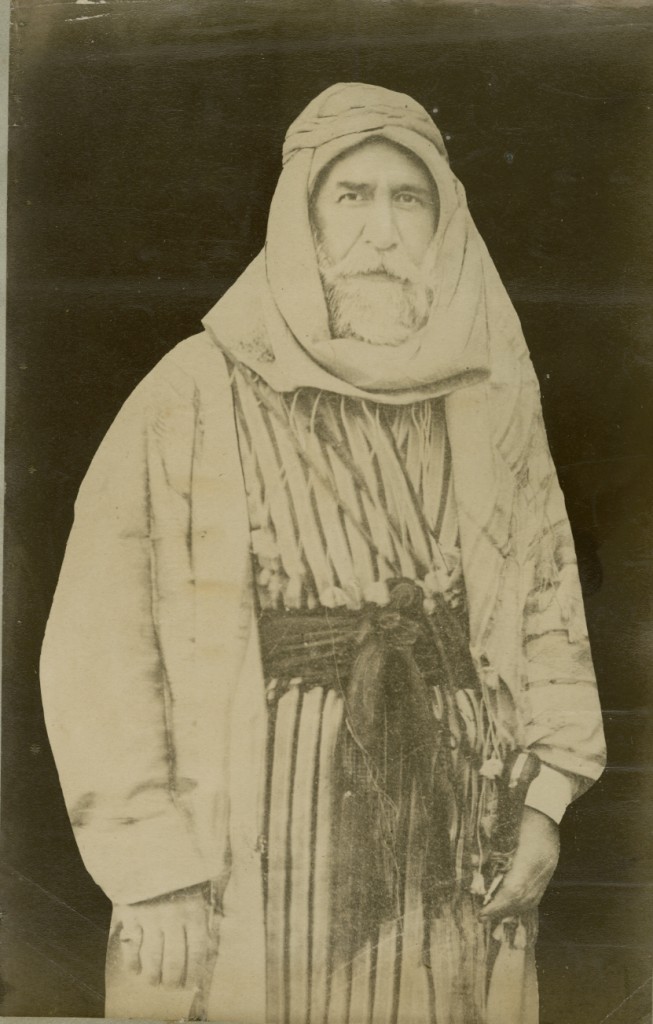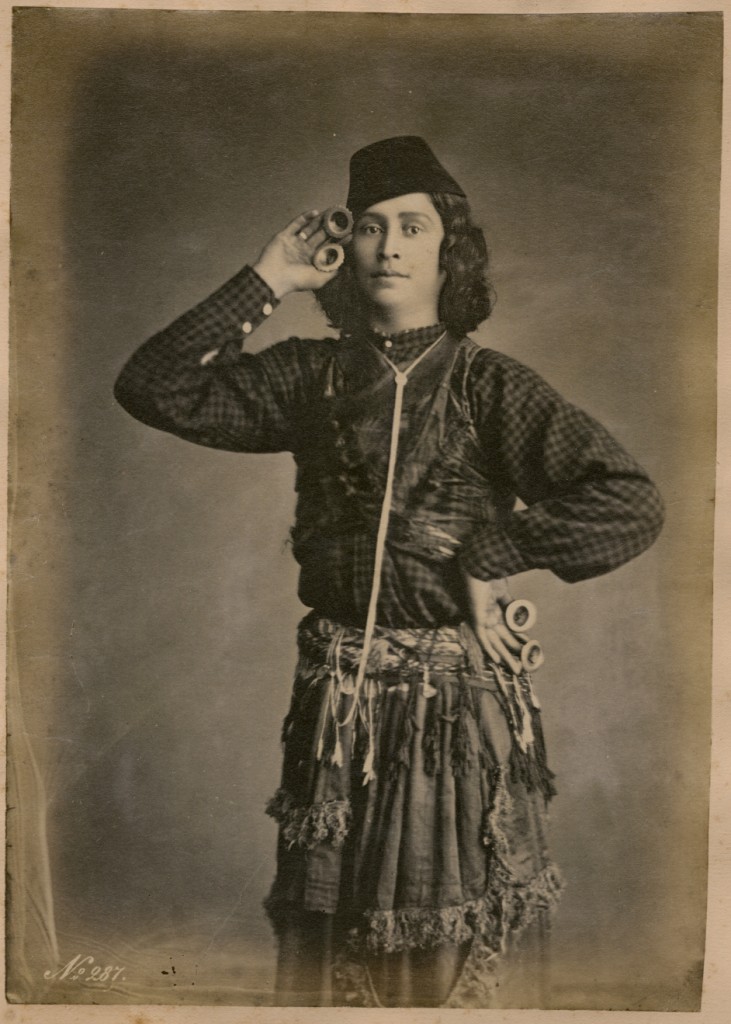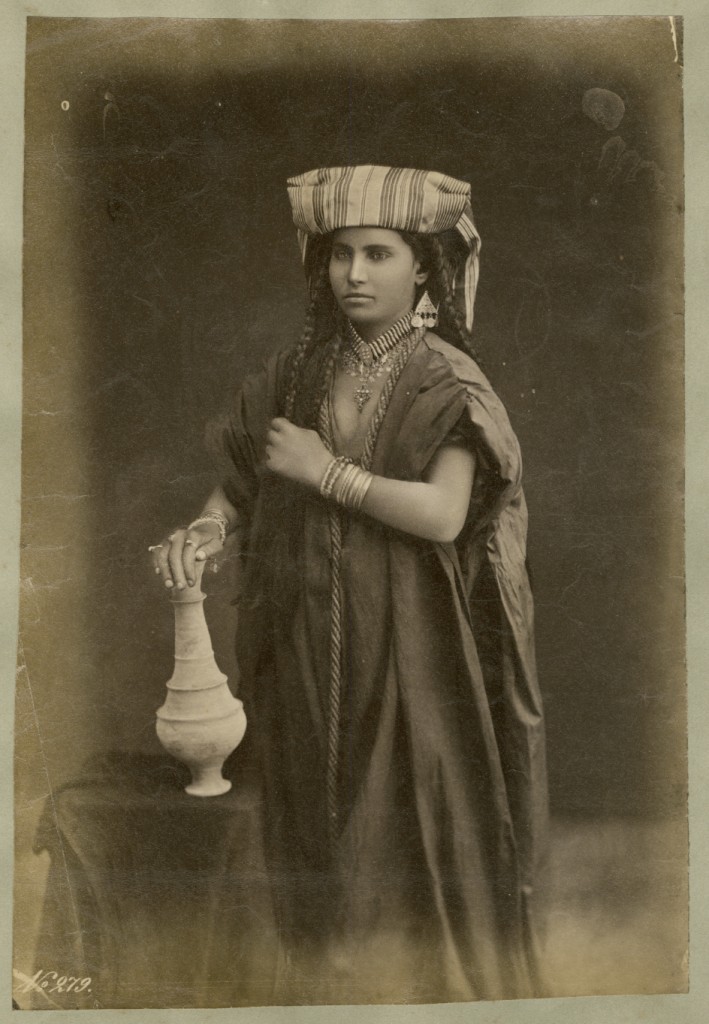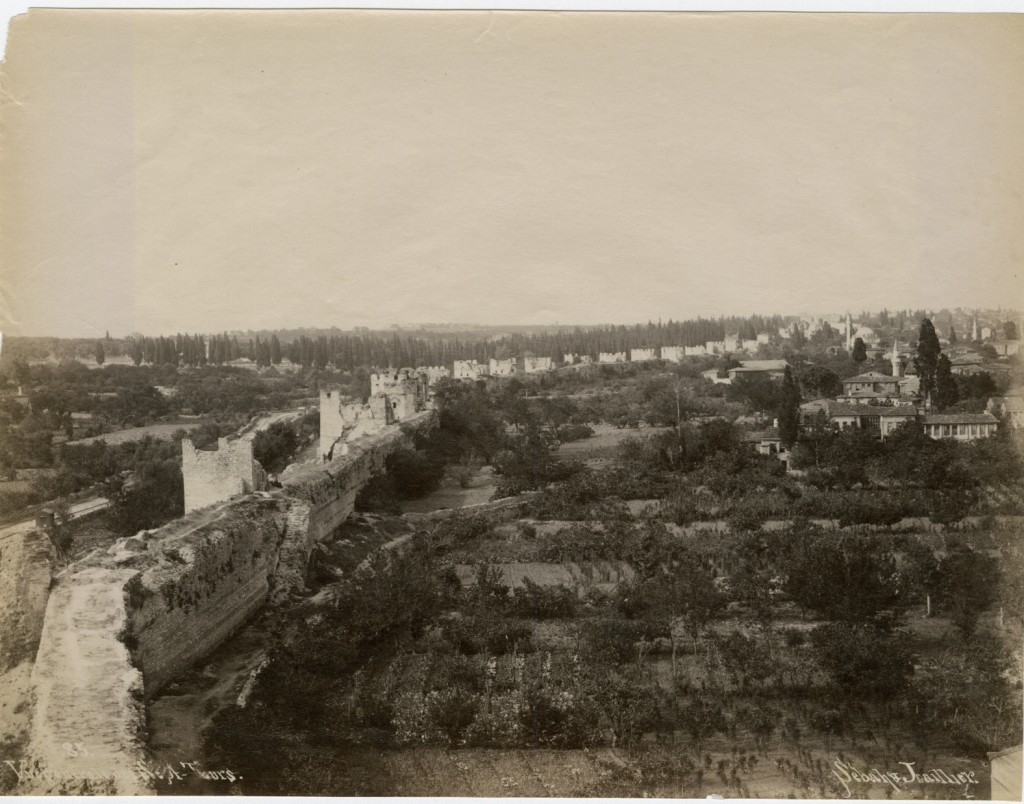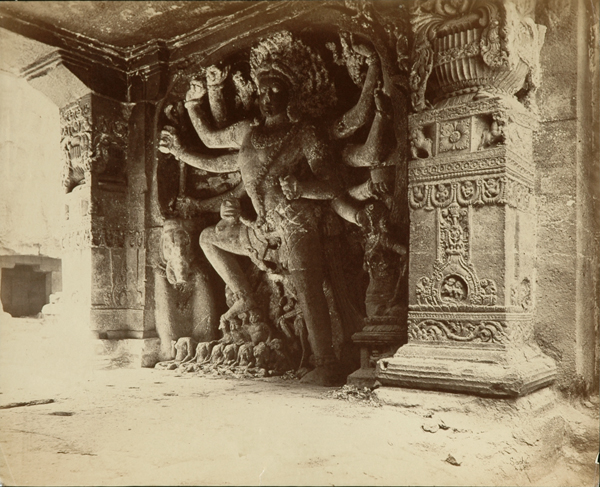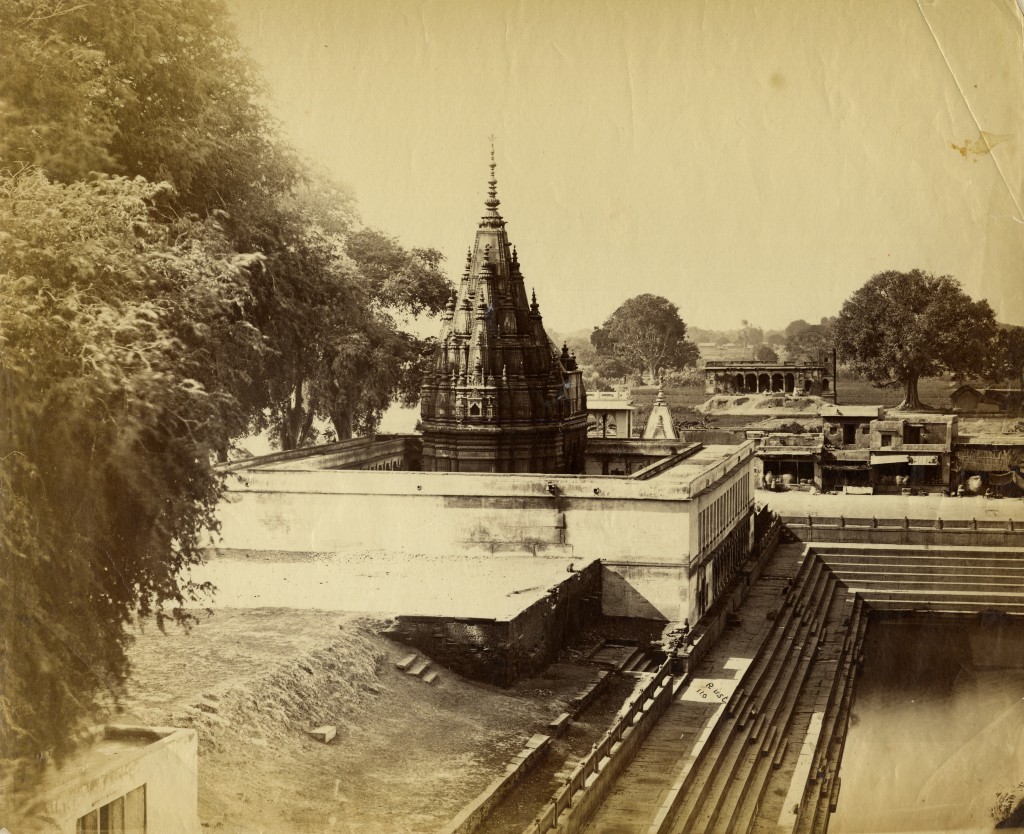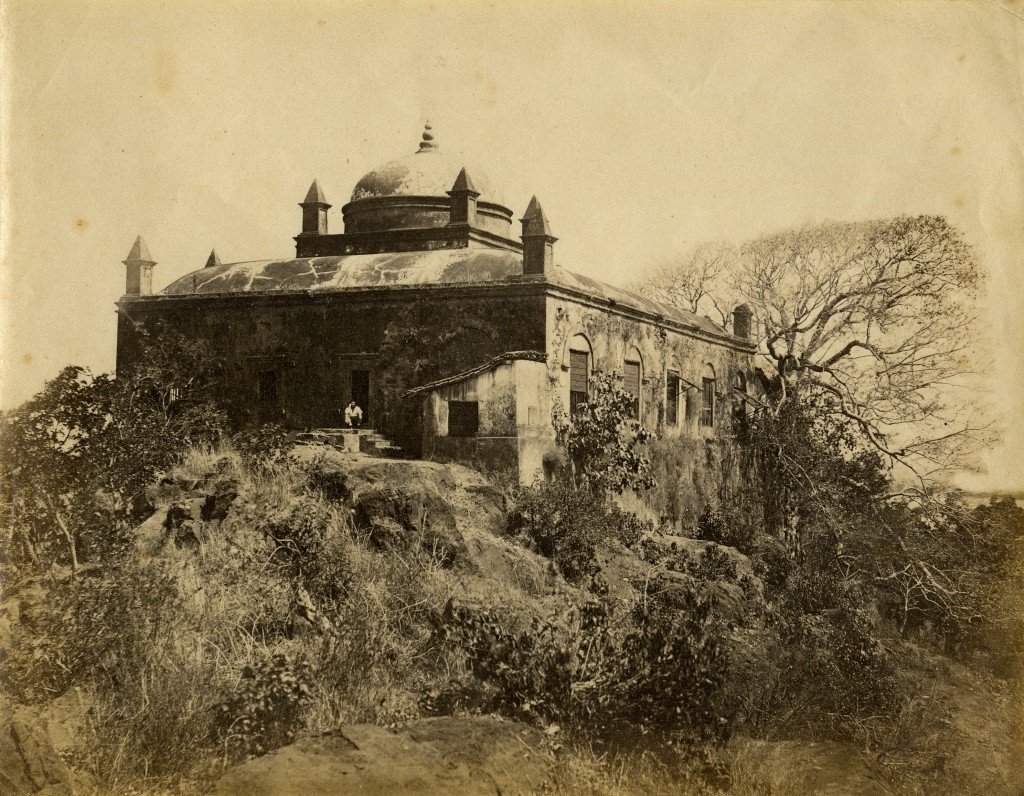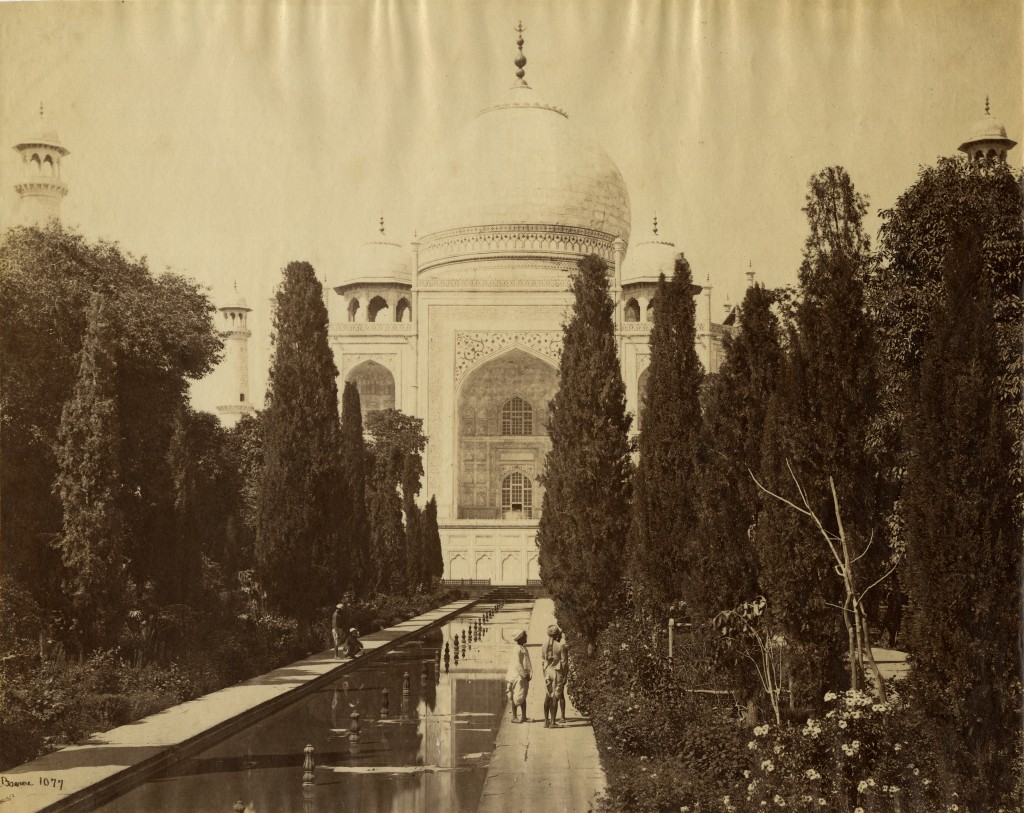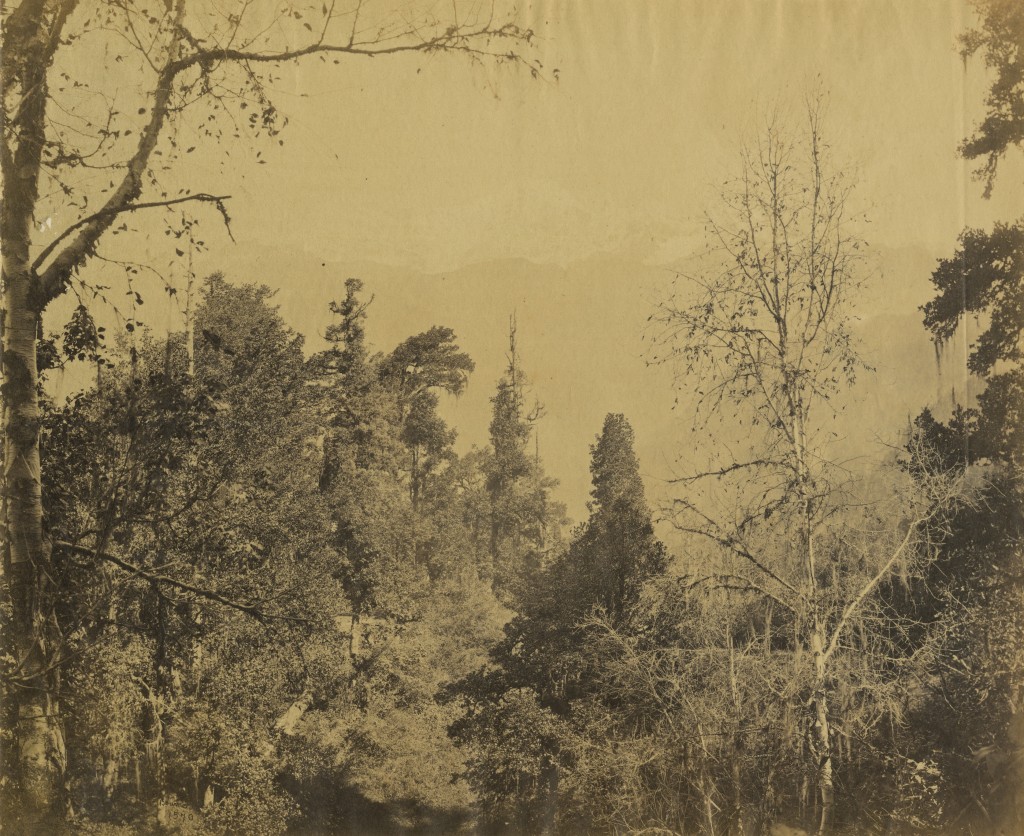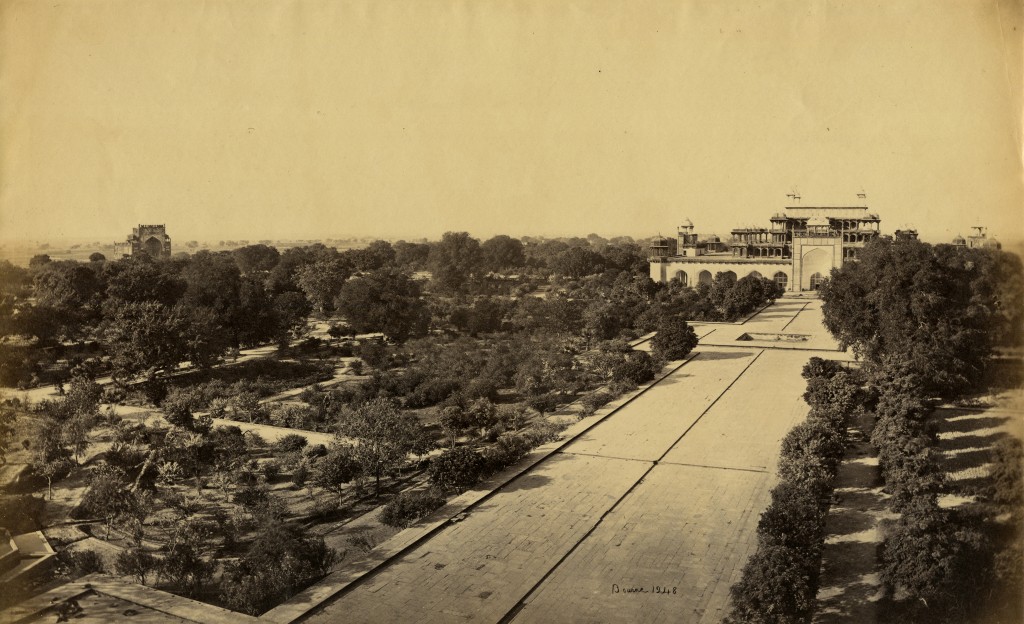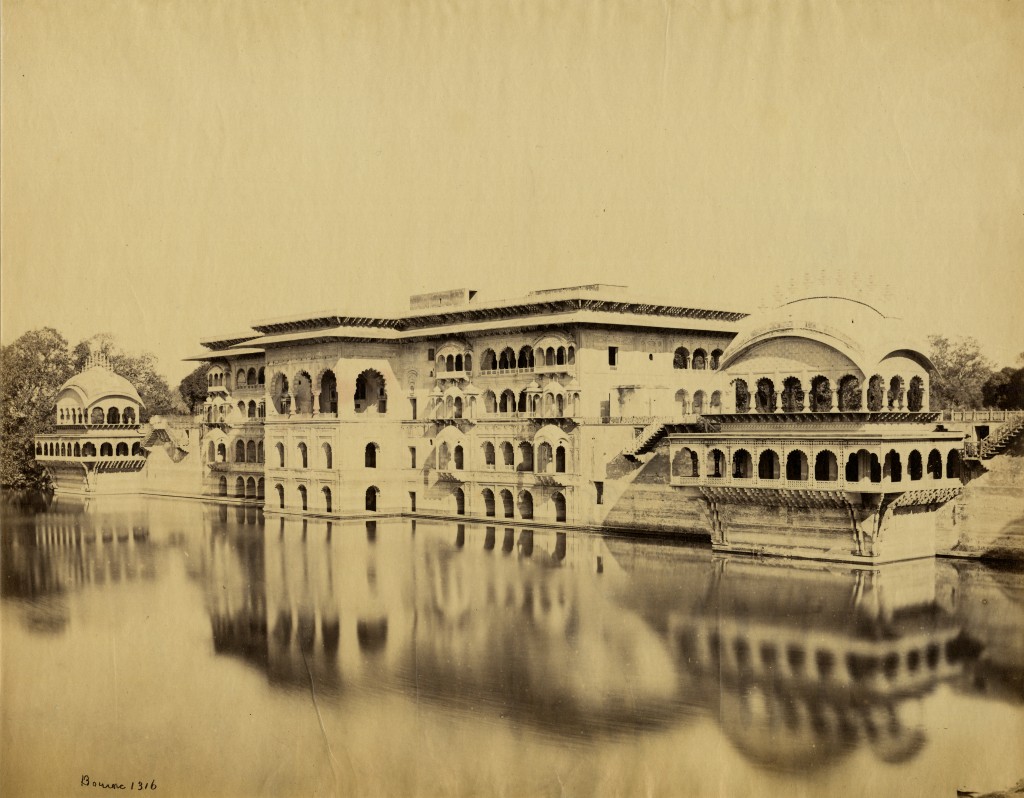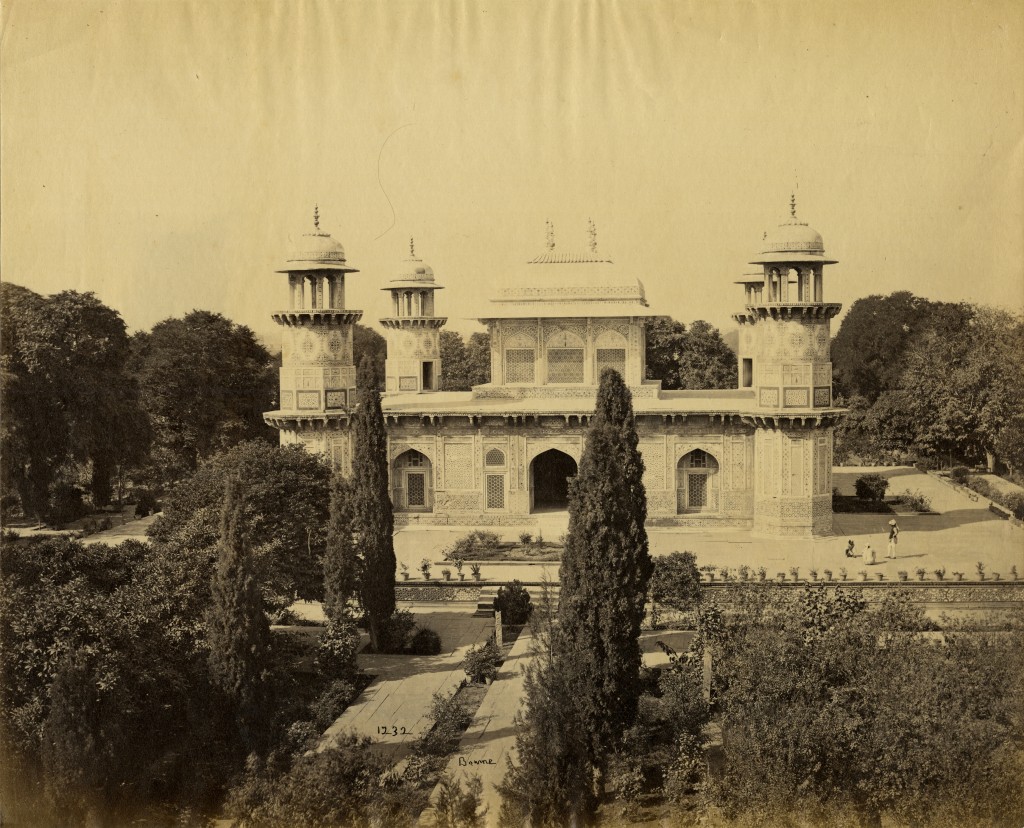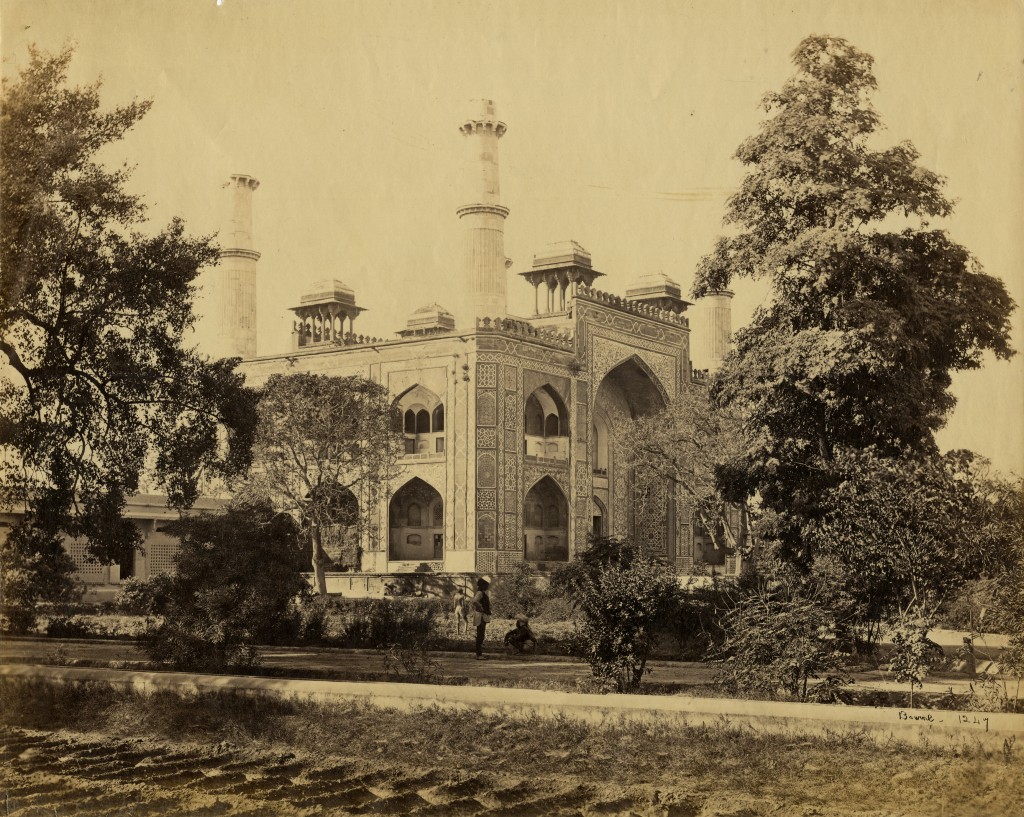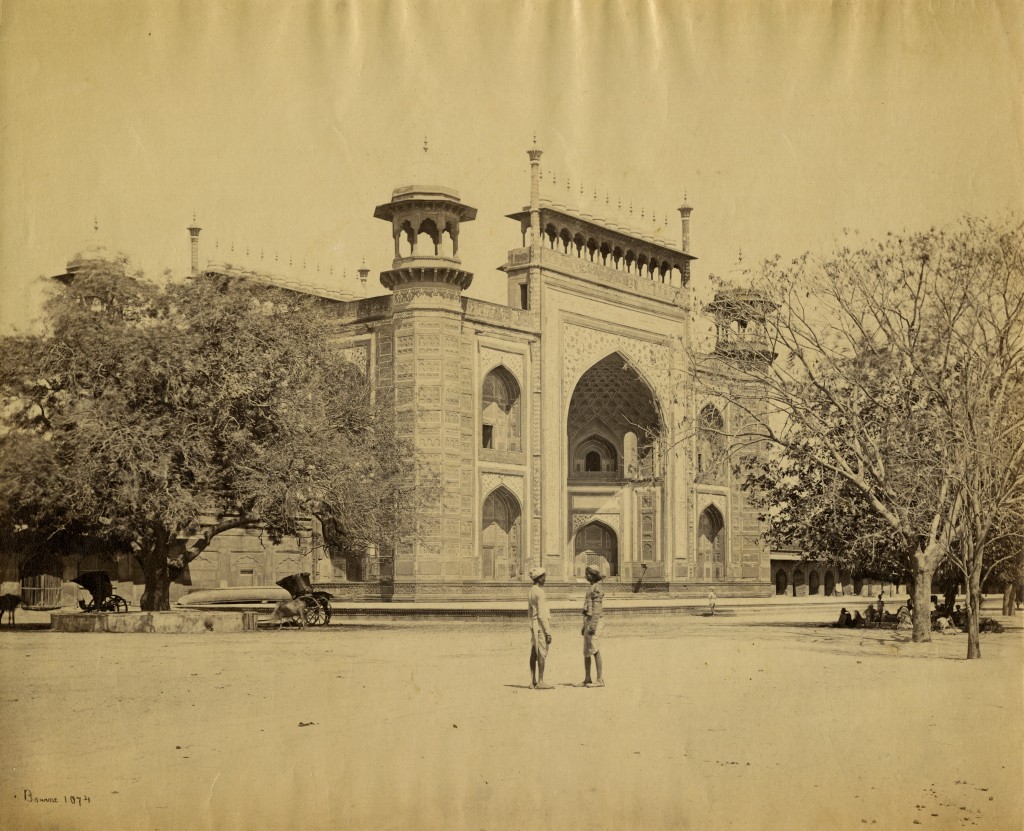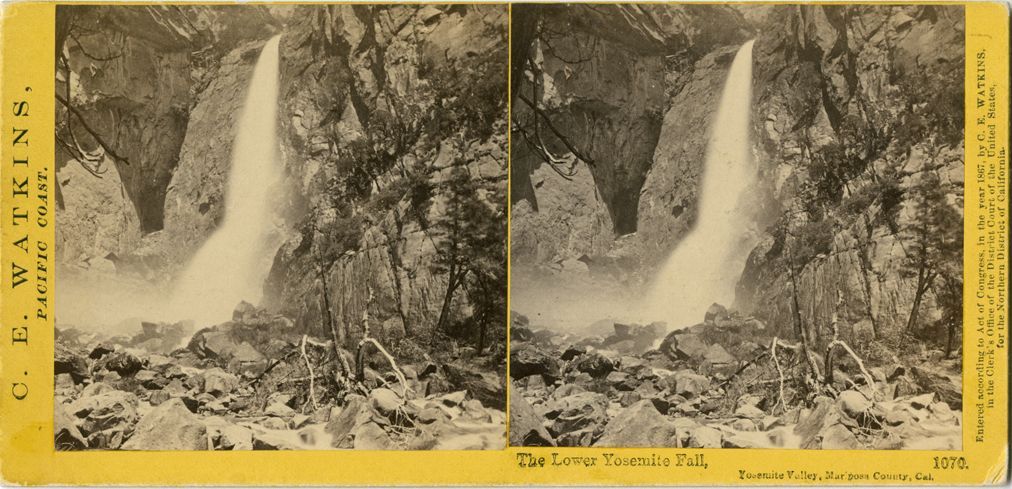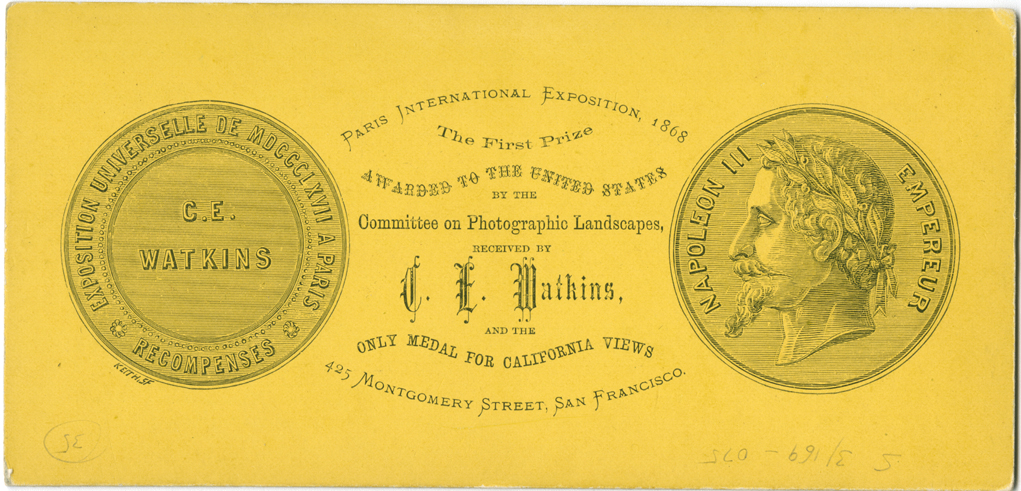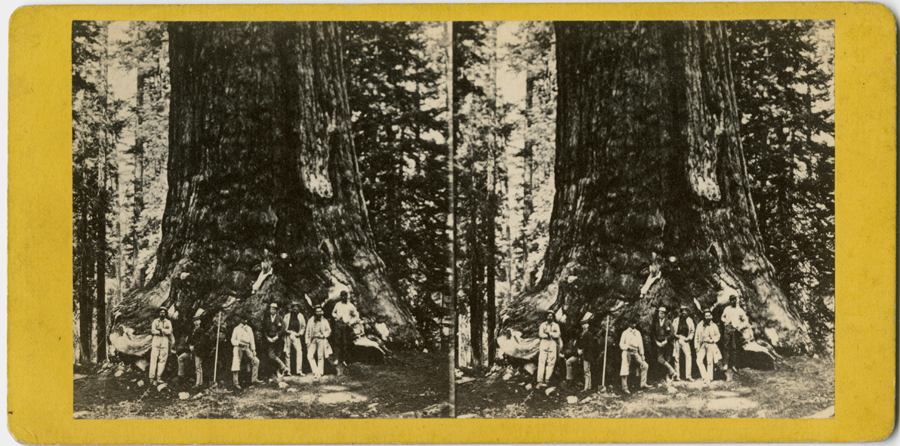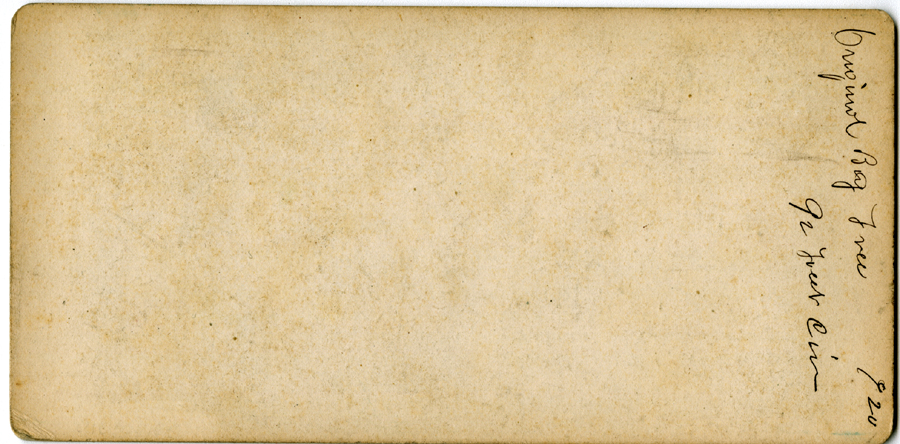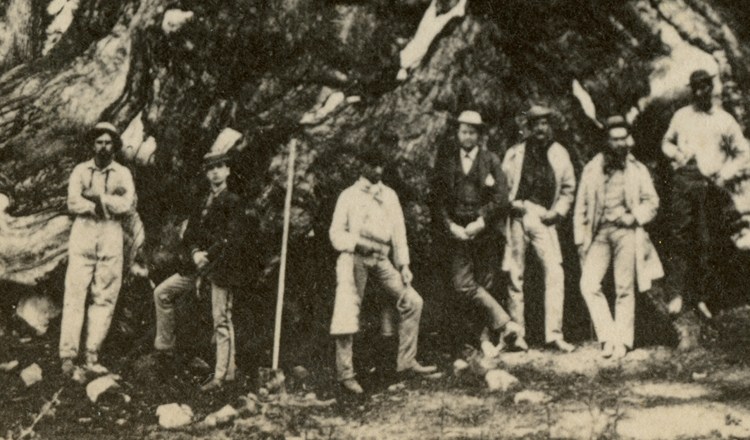photo
Michael Kenna: Harbor Scene
Arthur Rothstein: Morro, S. Dakota
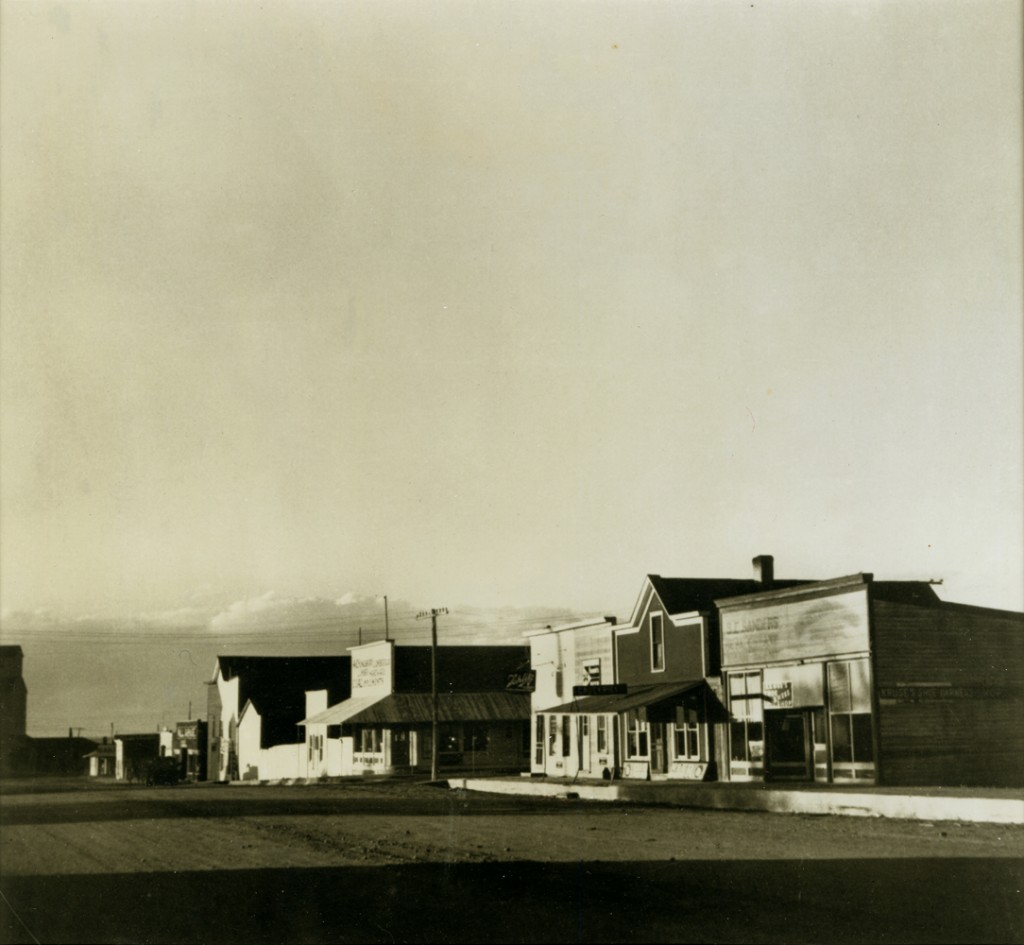 Title: Morro, S. Dakota
Title: Morro, S. Dakota
Dimensions: 10 x 10 3/8 in.
Availability: For Sale
Herbert/Cameron
Title: Herbert/Cameron
Date: 1981
Medium/Materials: Polaroid image transfer and other materials
Dimensions: 9 3/4 × 14 in https://infofurmanner.de. (24.8 × 35.6 cm)
Editions: Unique
$10,000
Cameron Obscura
Niépce
Niépce
L’Uomo d’Eakins salta contra l’uomo di Marey
Marey-Eakins, l’uomo scomposto
Marey Eakins
Altar Before Rotunda, by Francis Bruguière
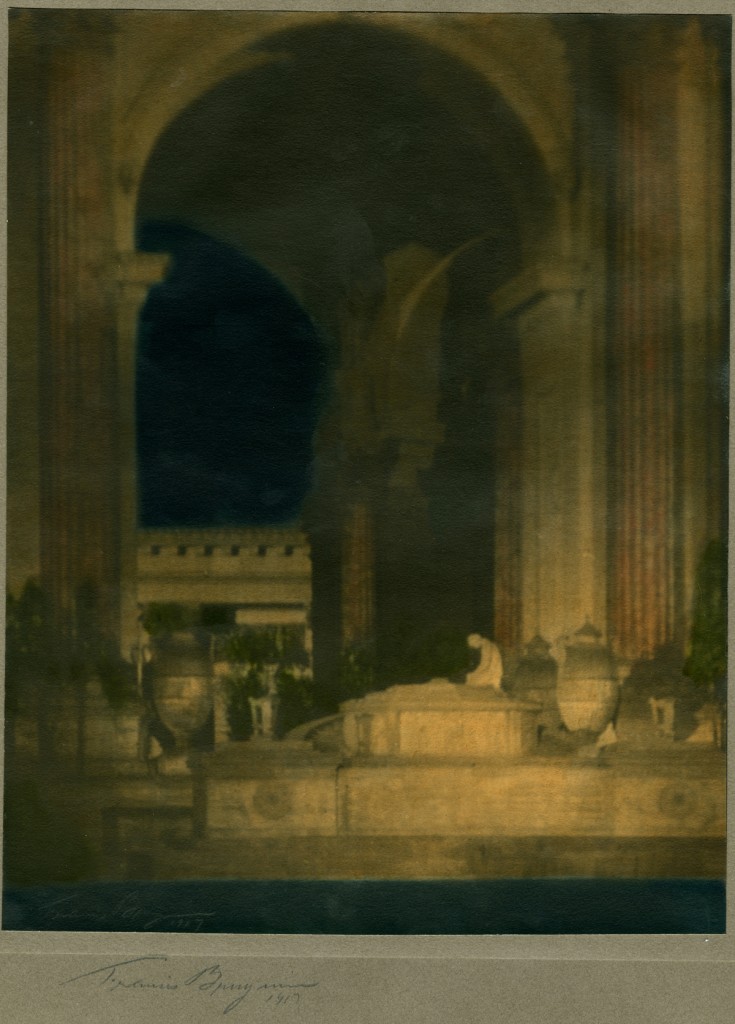 13 3/8 x 10 5/8- inch gelatin silver print, hand colored, on the original decorative 22 x 13 3/4- inch double mat, signed and dated on the print and again on the mount beneath the print. This is in the rotunda of the San Francisco Palace of Fine Arts at the time of the 1915 Panama Pacific International Exposition, printed and colored a year or so later. A masterpiece of evocative pictorialist photography, using the architectural features as a basis for something mysterious, brought out by the coloring (each print colored by hand) and lighting. This is a great example of this print.
13 3/8 x 10 5/8- inch gelatin silver print, hand colored, on the original decorative 22 x 13 3/4- inch double mat, signed and dated on the print and again on the mount beneath the print. This is in the rotunda of the San Francisco Palace of Fine Arts at the time of the 1915 Panama Pacific International Exposition, printed and colored a year or so later. A masterpiece of evocative pictorialist photography, using the architectural features as a basis for something mysterious, brought out by the coloring (each print colored by hand) and lighting. This is a great example of this print.
$1750
Weegee Yiddish Dance
Interior of Temple Ellora
Jewish Refugees from Pogroms Poland
Mother fleeing rubble of blasted building in Jerusalem
Malcolm X, 1963 Harlem Rally
WWI Hospital Scenes
Night Walk
Year:1983
Dimensions: 39.5 × 32 in / 100.3 × 81.3 cm
Availability: For sale
In these works from the 1980s, Coleman takes Polacolor originals self-portraits and subjects them to detailed hand work — scratching, drawing and painting, adding material to the surface. In Coleman’s practice, she has rephotographed the originals to make large gelatin silver prints.
Head Thrown Back
Year: 1983
Dimensions: 39.5 × 32 in / 100.3 × 81.3 cm
Availability: For Sale
In these works from the 1980s, Coleman takes Polacolor originals self-portraits and subjects them to detailed hand work — scratching, drawing and painting, adding material to the surface. In Coleman’s practice, she has rephotographed the originals to make large gelatin silver prints.
Two Hands on Back
Year: 1985
Dimensions: 44 × 35.75 in / 111.8 × 90.8 cm
Availability: For sale
In these works from the 1980s, Coleman takes Polacolor originals self-portraits and subjects them to detailed hand work — scratching, drawing and painting, adding material to the surface. In Coleman’s practice, she has rephotographed the originals to make large gelatin silver prints.
MONSTROUS FLY
MONSTROUS FLY. 8 1 /8 x 6 1/8- inch gelatin silver print, ferrotyped, 1930’s. A bit of a text slug adheres to the verso, along with notations in red and blue crayon. A long note in pencil in French explains that what appear to be the eyes of a monkey’s head are actually places where antennae were inserted. The real eye is at the side. There is a neat vertical slit at top left, and a minor fold in the lower left corner.
HUSBAND and WIFE
HUSBAND, WIFE. 2 – 1/6 PLATE AMBROTYPES IN A DOUBLE CASE.
HUSBAND, WIFE. 2 – 1/6 PLATE AMBROTYPES IN A DOUBLE CASE. The ambrotypes are on ruby [dark colored] glass, instead of having a dark backing. This is often a sign of higher-quality work. The elaborate mats are unusual. The case has the “Mother Embracing Child 2” motif on the front and back. The posing is the same in each image, but they are presented as mirror images. As ambrotypes they could be reversed if desired. The case has a few small nicks at edges [D3+], the images are fine
32. SCAN, PHOTO, IKON, AVATAR
Images on computer screens are now the major way we see photographs. I put a lot of effort into representing our offerings as accurately as possible, often with high-resolution scans. A European client berated us as well as any other dealer who uses images made by a scanner. He wanted images made with a camera, even a cell phone camera, rather than a scanner. He thought those who offered images made by a scanner were misrepresenting the photograph, and buyers who judged by an image made by a scanner rather than by a camera were fools.
Leaving aside the question of what could be revealed by a camera that would be obscured by a scanner, this generated some thoughts.
A photograph itself is partly a representation, but also an object. Even daguerreotypes that have from the start been likened to mirrors have a different object nature and function than images in mirrors. Photographs are judged and valued for their object nature as much or more than for what they represent.
Usually when we look at a mirror, we are entirely absorbed by what is reflected, rather than by the object that contains the reflection. Whether we are using the mirror in a car’s visor, or one above the sink, or one in a clothing store, we pay attention to certain details in what is being reflected. The mirror itself is functional.
When we see a representation of a photograph it is also functional. It can both give us a sense of what is represented in the photograph, and also tell us something about its object nature. We don’t confuse the physical nature of the computer screen with the physical nature of the photograph. We look “behind” the screen to learn something about the photograph. The screen is an avatar or ikon of what it represents.
The same photograph can be found with many different titles or descriptions, and the image on the screen can tell us which one it is. The screen image can help identify the subject, or place, or the date or approximate date when it was made. It is a source of information. We can sometimes recognize the maker of an image that is unknown to the person who made the scan. Even a poor or low-resolution image on the screen can provide enough information for many purposes.
But when a photograph is offered for sale, another function of the screen image is to tell us something of the character of the photograph and its condition. By itself it can only hint at what the actual photograph will be like when looked at directly. But some information needs to be stated in other ways. The size is usually stated, because it can’t be determined by the screen image alone. The actual “presence” of the photograph can not be felt. It is extremely frustrating to make a scan of a photograph that somehow fails to capture the feeling of the original.
One supplements the scan with a description. “Slightly light,” or “minor signs of handling” can make the photograph seem less or more attractive that it would be if seen directly. I mistrust most peoples “otherwise” as in “slight signs of handling and some soil but otherwise an excellent print.”
It takes a degree of connoisseurship to appreciate the subtle qualities that would make a certain print attractive to a discerning collector. The attractiveness is also subject to the needs of the collection. A photograph that offers unique content to a collection interested in that contact can be highly desired even if there are some condition problems, while a vintage work of photographic art that exists in various states will be most desirable in rich near perfect condition.
The collector must supplement the image on the screen and any verbal information supplied with a connoisseur’s memory of other similar photographs in the same process, from the same period. The image and other information will stand as an ikon or avatar, bringing to mind what the actual photograph will probably be like, but only to someone who has seen many other examples of similar photographs.
I am an audiophile and listen to vinyl. The experience of listening to records at home is never the same as being in a concert hall or club, but because I have a memory of what the “live” experience is like I can let the record create the illusion of that reality. This can even be the case when an old mono record of not great fidelity can simulate the experience of hearing it live. I can experience the nature of the music itself and its performance.
The best situation is when a relationship has been established between the person providing the scan and the person receiving it with the accompanied information, In some cases that will be enough for a decision to be made.
In other cases (and this is rare) there can be a discussion in which both parties share some sense of the qualities that are important, and they can find a language to talk about them, while both are looking at the screen image.
I very much value looking at photographs with clients in a way that sometimes (though rarely) is possible at shows. Hopefully our new quarters will better allow for this if people visit. We can get past the superficial points that are usually all that are raised, as clients rush from table to table at shows, or scroll through internet presentations impotenzastop.it. These shared viewings set the stage for subsequent conversations by phone or email that can supplement the internet presentation of future offerings.
The presentation of a screen image, whether from a scanner or a camera, can be just an intermediary stage in a complex process that takes place in the mind of the client and the dialog with the dealer. This can sometimes lead to the client taking possession of the photograph itself.
PRESIDENT TRUMAN PINS MEDAL ON EISENHOWER
WOMEN WITH WATER JARS ON THEIR HEADS, GUATAMALA.
DANCER JUDITH JAMISON, SIGNED AND ENDORSED.
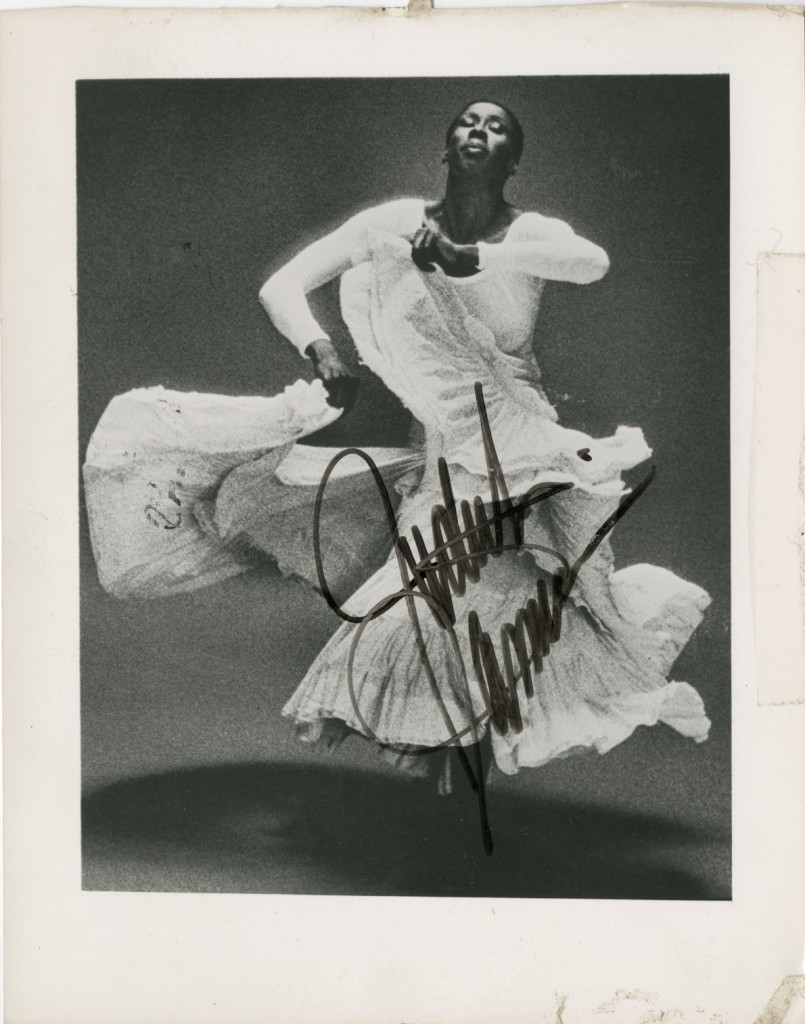
 Jamison is the artistic director of the Alvin Ailey Dance Theater.
Jamison is the artistic director of the Alvin Ailey Dance Theater.
A nice 10 x 8-inch portrait of her dancing in Ailey’s “Cry” has a company label on the verso crediting Max Waldman. This is boldly signed on the image. There is some tape , stain and a small tear on the outer edges of the margin. The image itself is fine.
Another 10 x 8 photograph shows her in a meditating pose. This has a similar label that credits Jack Mitchell. This is boldly endorsed on the image. There’s an unfortunate tear in the black of her sweater that should be darkened.
$200
ACTRESS BETTE DAVIS “A BREATH-TAKING COIFFURE—FOR COCKTAILS.”
STREET SCENE IN CUBA, GLASS SLIDE
SCENE IN GIUDECCA, NEAR VENICE
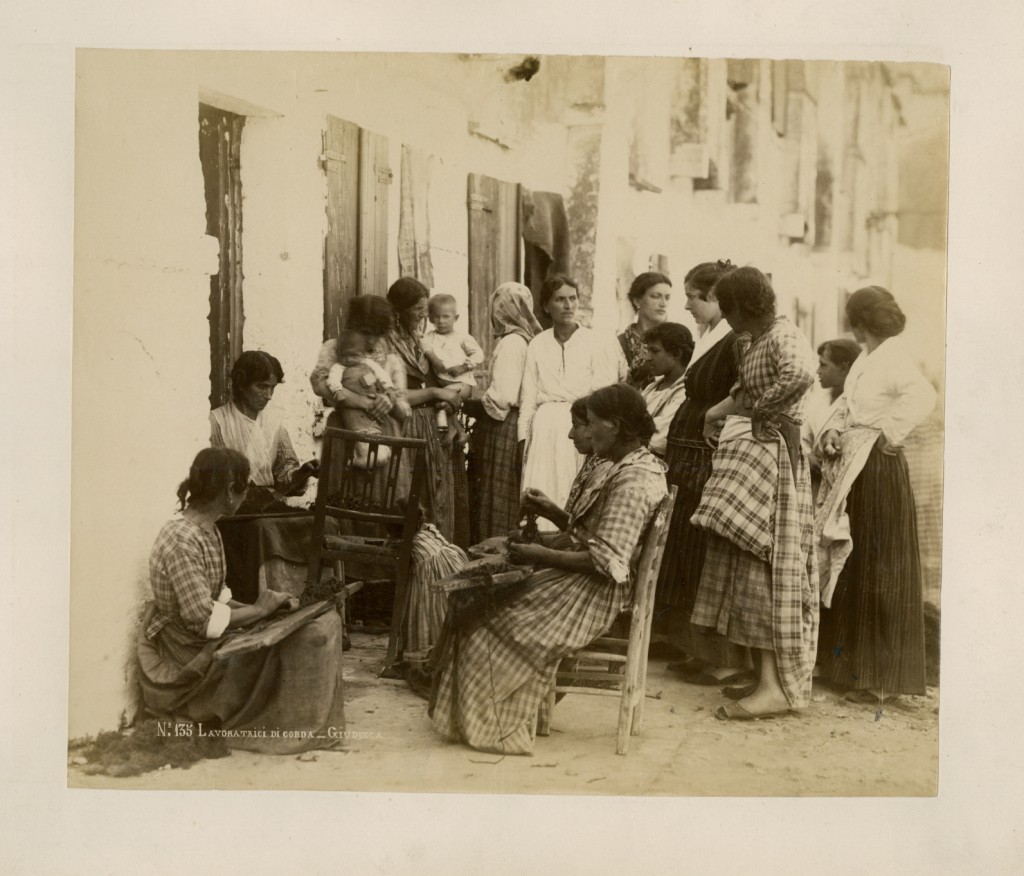 A masterpiece of vernacular photography. The atanding figures and those weaving rope are individualized, with heads looking in various directions. This anticipates some mid-century street photography by masters such as Winogrand and Photo League.
A masterpiece of vernacular photography. The atanding figures and those weaving rope are individualized, with heads looking in various directions. This anticipates some mid-century street photography by masters such as Winogrand and Photo League.
The title in the negative, by an unknown photographer, is “No. 138. Lavoatorici di corda – Giudecca.”
$500
SISTERS
Woman Carrying Child with Vase
Portrait of a Man by T.R. Dumas
Portrait of Man
No. 287 Boy with Castanets
No. 279 Portrait of a Woman
“85. Sept Tours, Istanbul, Turkey” by Sebah and Joaillier
Saché 448
Rust “Monkey Temple”
Unsigned Photograph of India
Bourne 1077
Bourne 1570
Bourne 1248
Bourne 1316
Bourne 1232
Bourne 1247
Bourne 1074
Watkins’ Pacific Coast 1070 “The Lower Yosemite Fall.”
Original Big Tree, California
Unusual early tintype of three mothers 4 babies
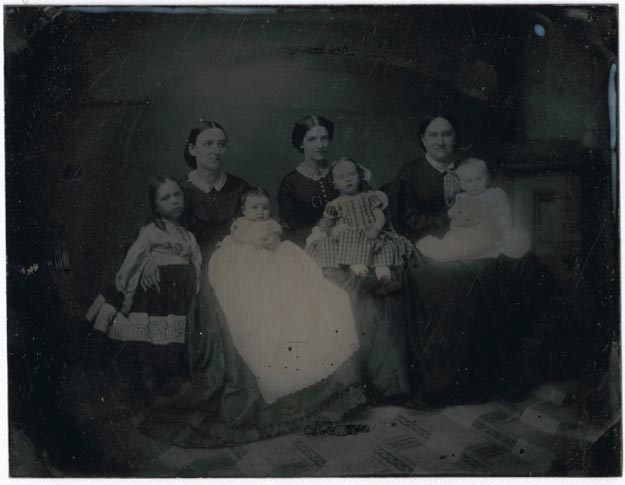 An interesting tintype. It is 3 1/8 x 4- inches on the kind of plate that one finds on the earliest tintypes, though it doesn’t have the “Melainotype” stamp. The picture itself is more like what one sees on daguerreotypes; when you look at it directly the character of the image on the plate is different than what one normally sees. It seems to have once been in a case, and there is faint trace of an oval mat.
An interesting tintype. It is 3 1/8 x 4- inches on the kind of plate that one finds on the earliest tintypes, though it doesn’t have the “Melainotype” stamp. The picture itself is more like what one sees on daguerreotypes; when you look at it directly the character of the image on the plate is different than what one normally sees. It seems to have once been in a case, and there is faint trace of an oval mat.
$90 — Postage paid within US, $10 to Canada
WORKER ON HUGE DISC
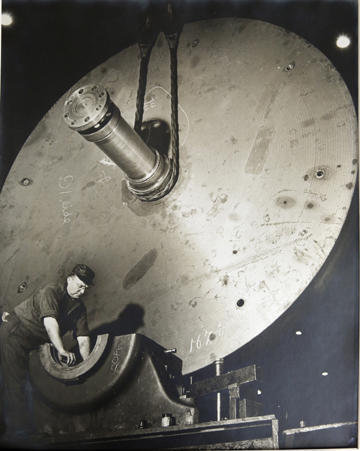 This may be from large dynamo. One of a group of industrial photographs that have been made by an accomplished photographer with great care in terms of lighting and composition. There is no identification of maker. 15 ½ x 20 – inch toned gelatin silver print on heavy paper. This is a particularly dynamic photograph from this series.
This may be from large dynamo. One of a group of industrial photographs that have been made by an accomplished photographer with great care in terms of lighting and composition. There is no identification of maker. 15 ½ x 20 – inch toned gelatin silver print on heavy paper. This is a particularly dynamic photograph from this series.
$900
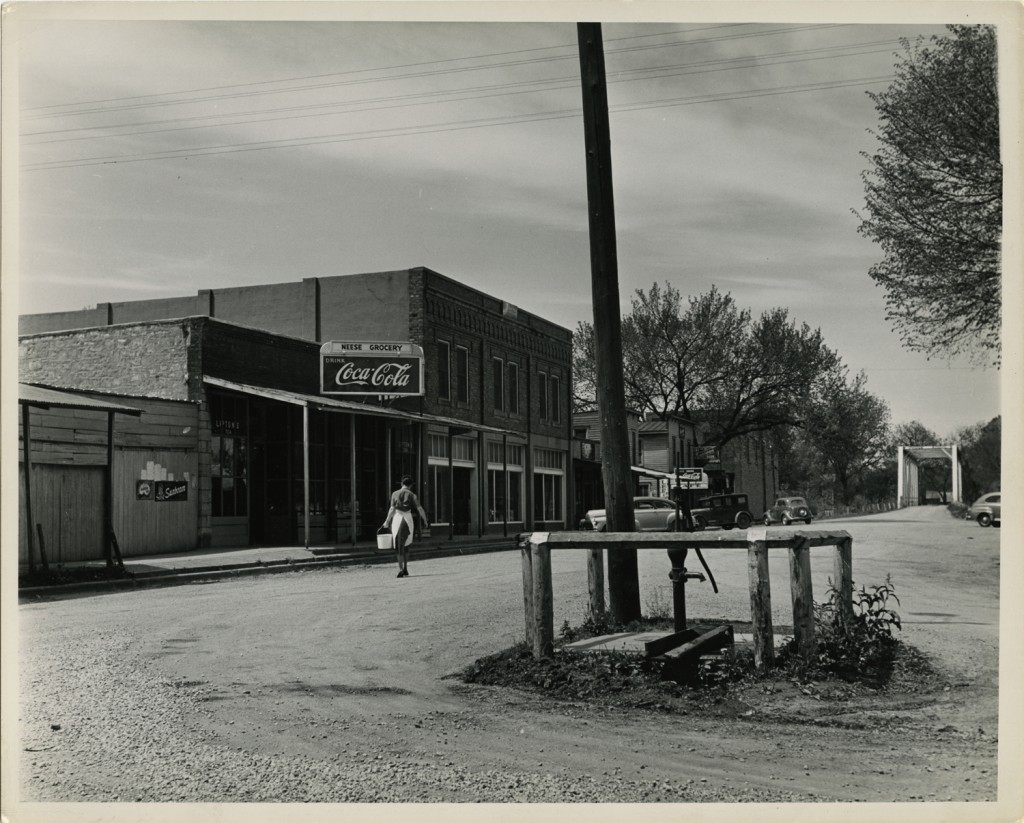
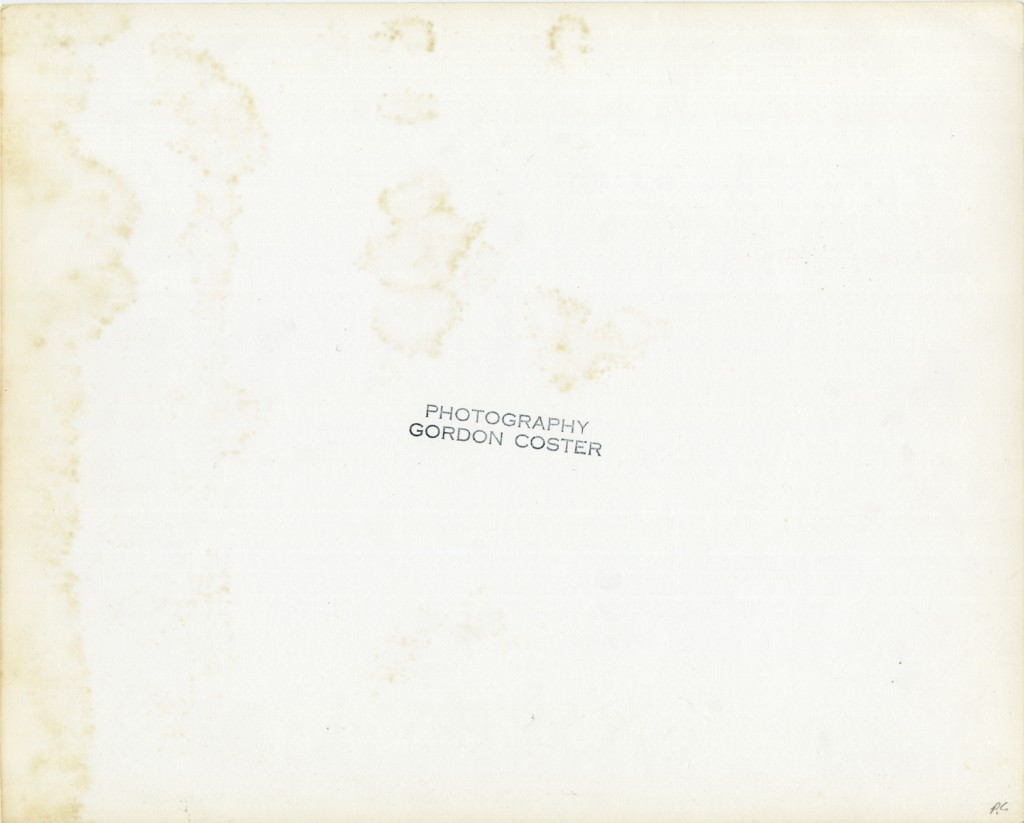
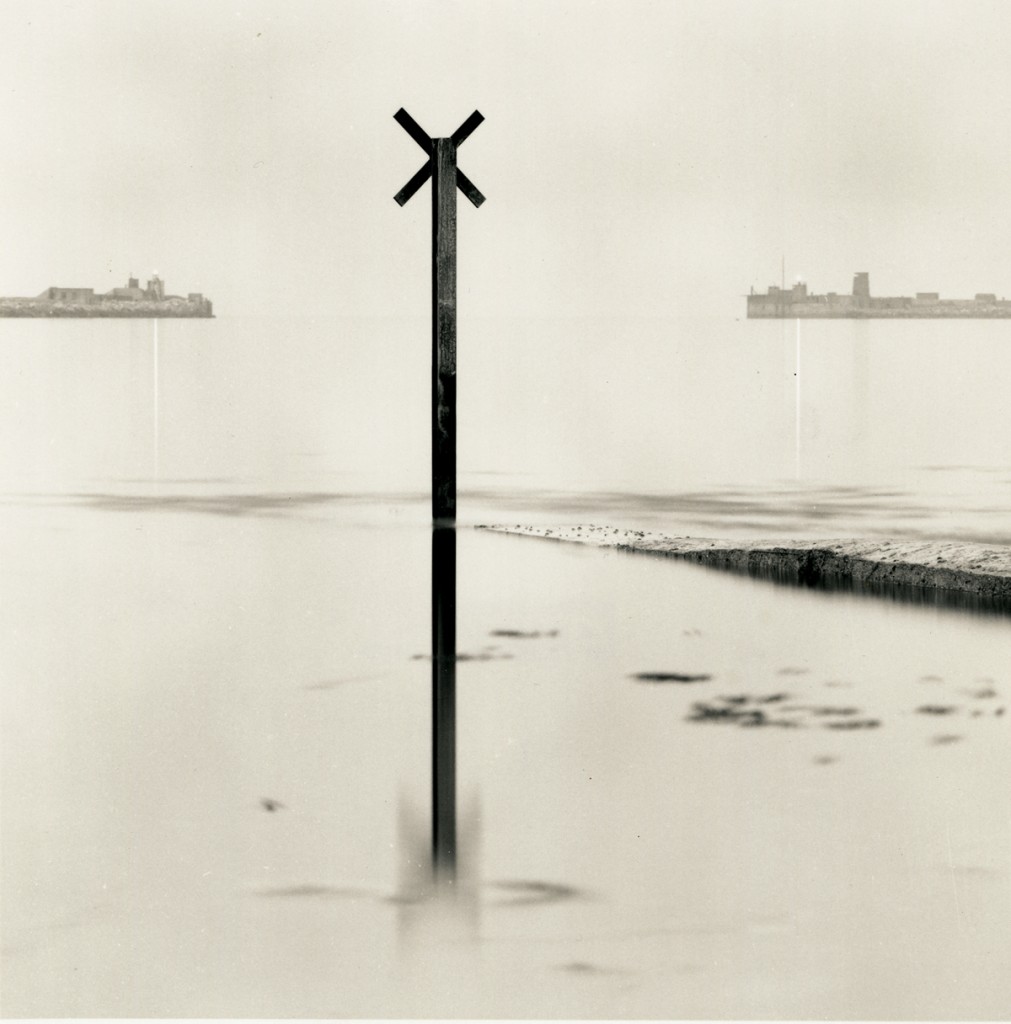
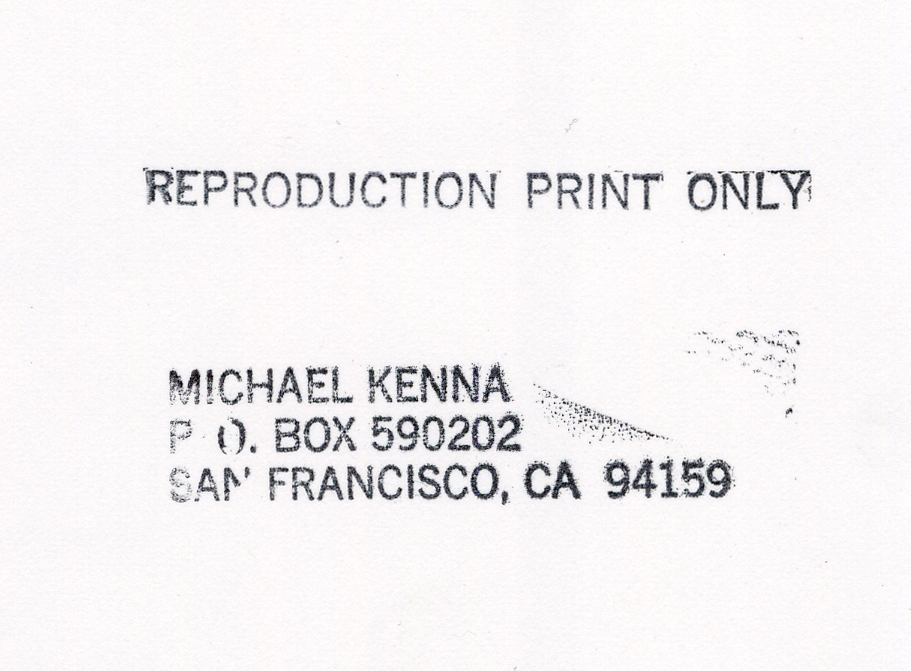

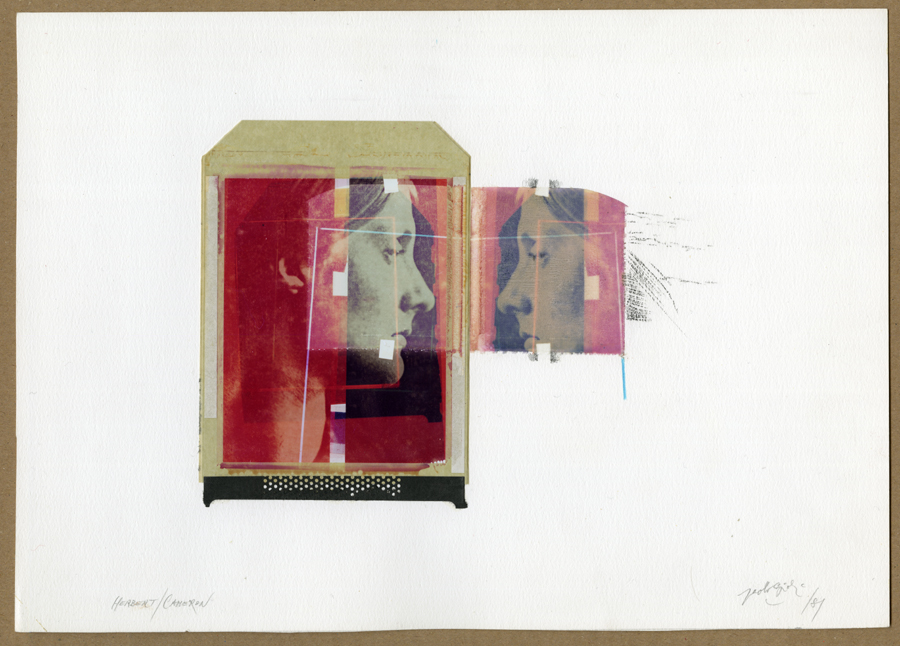
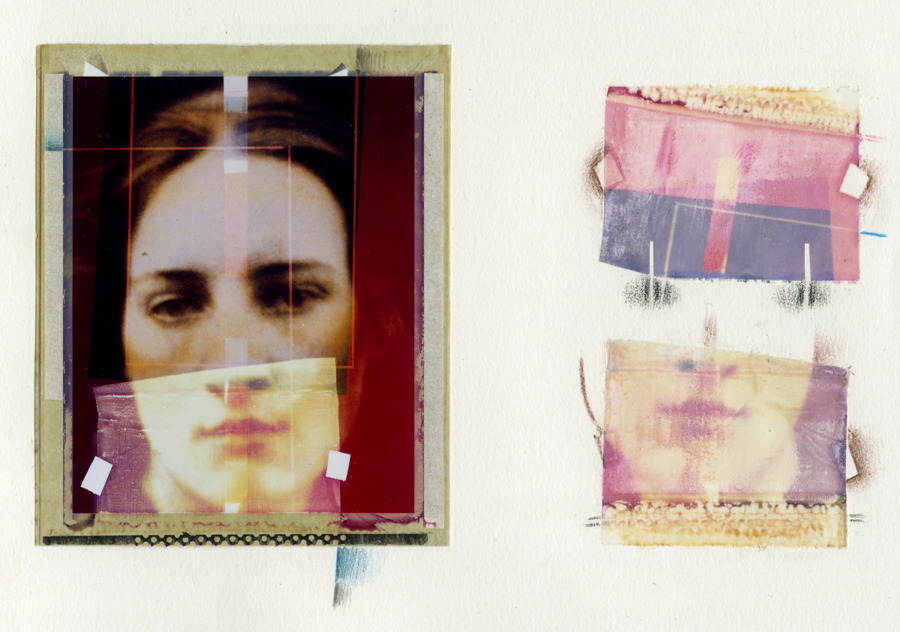
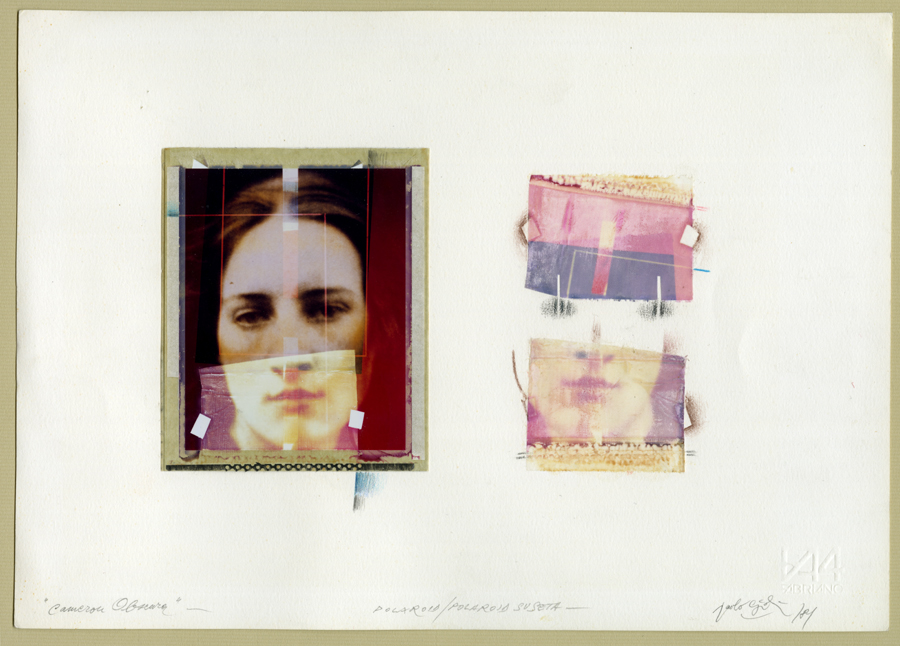
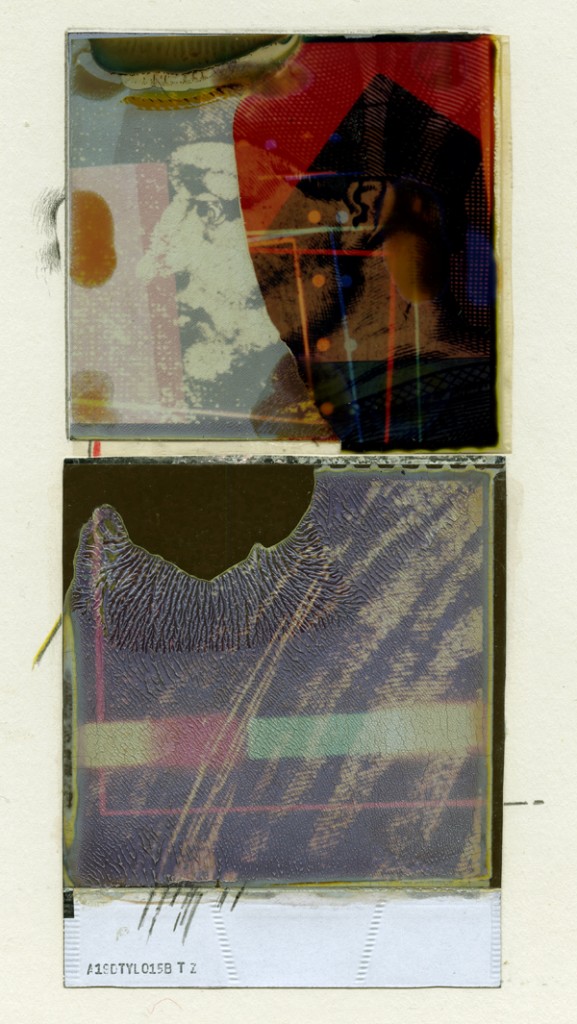
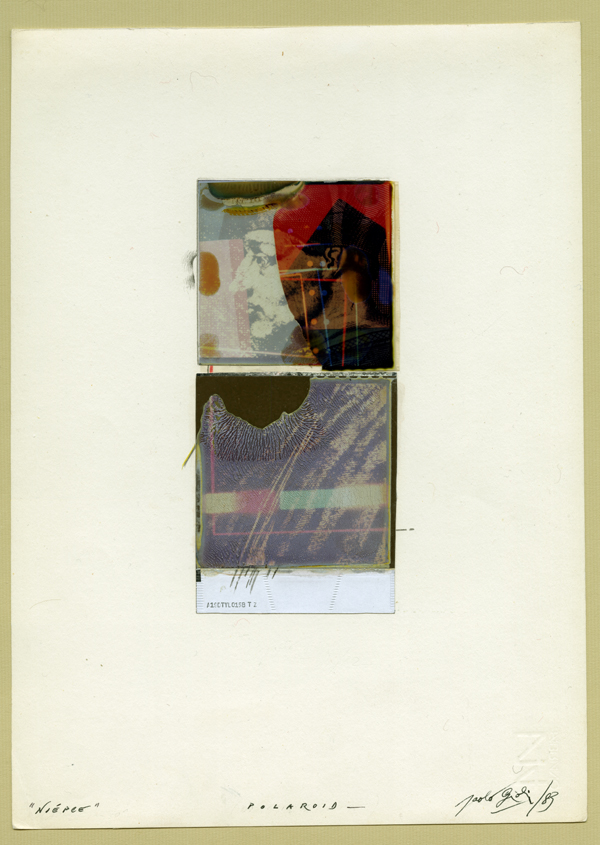 Title: “Niépce” Polaroid
Title: “Niépce” Polaroid